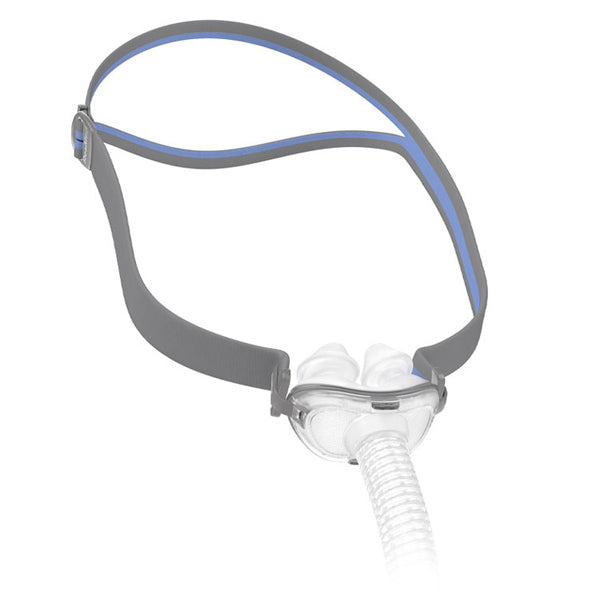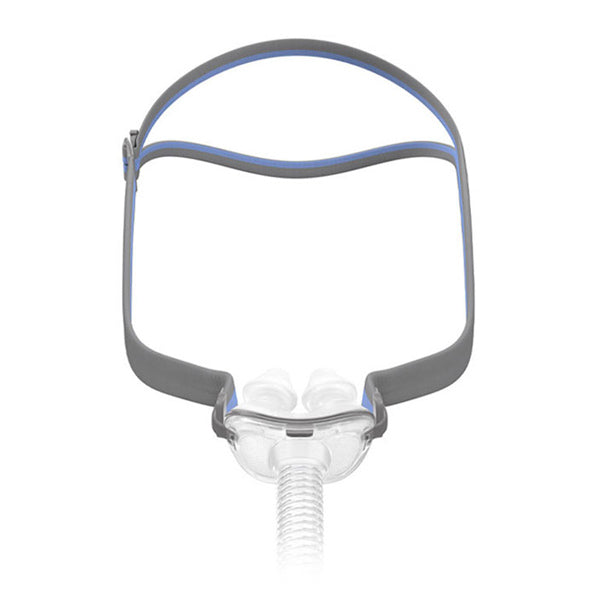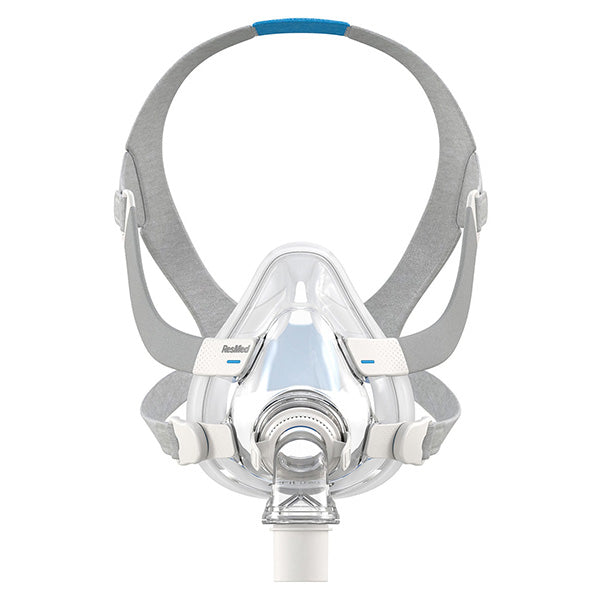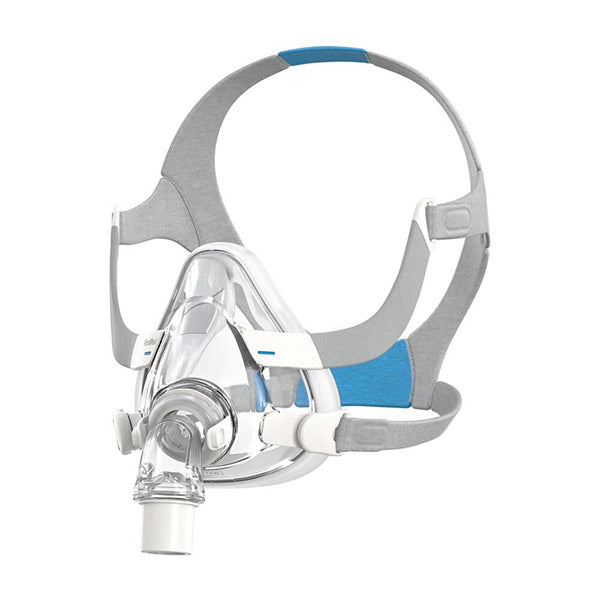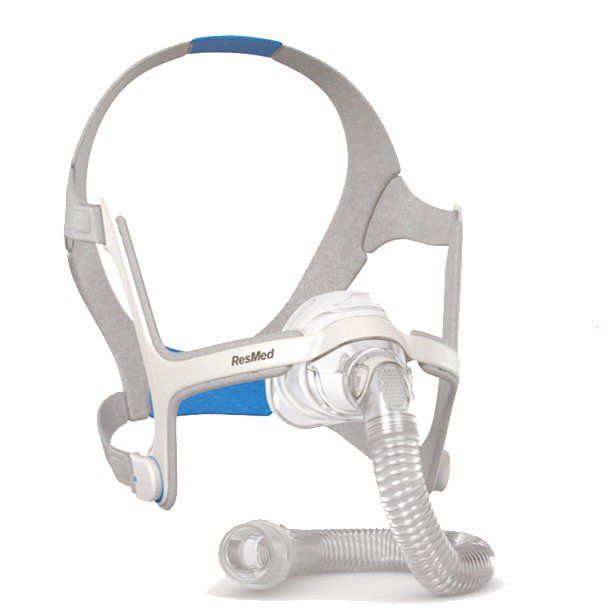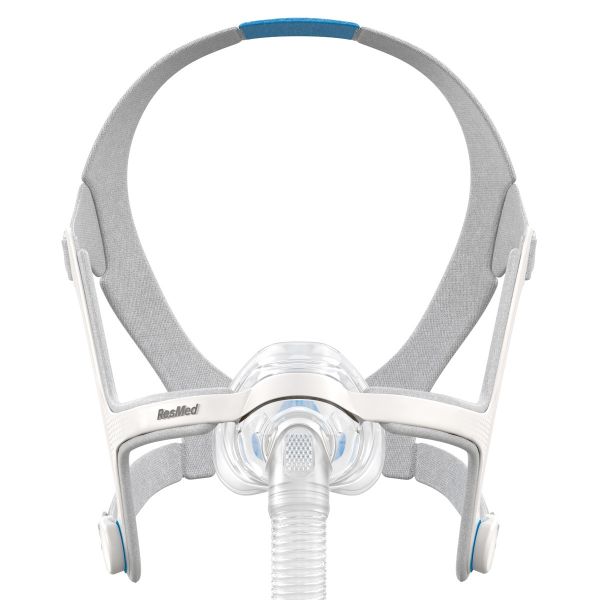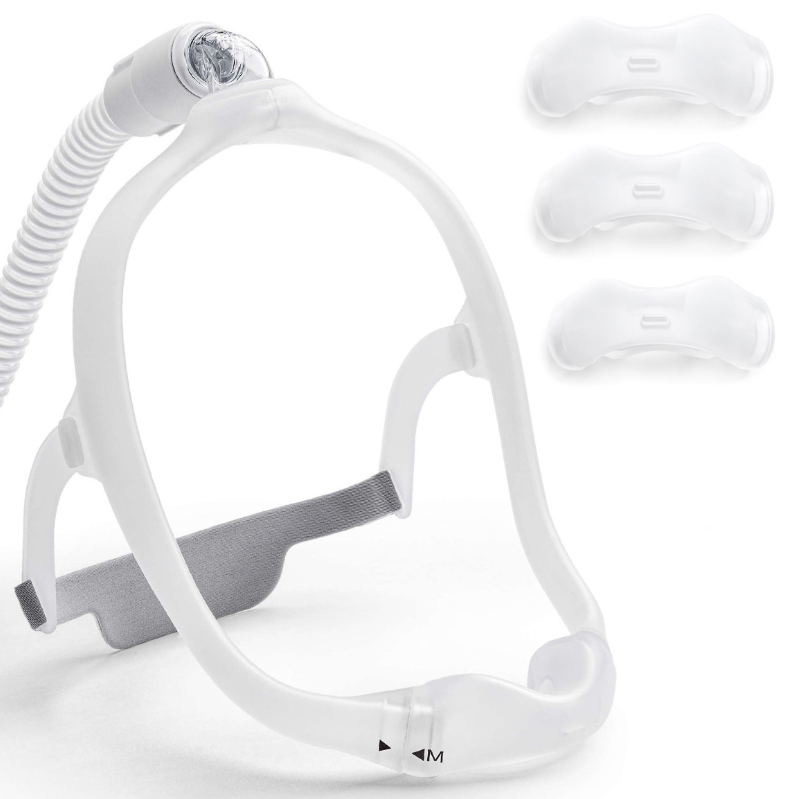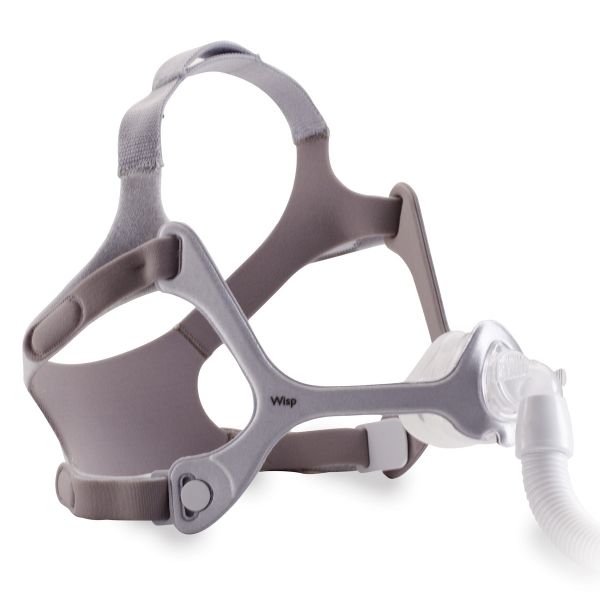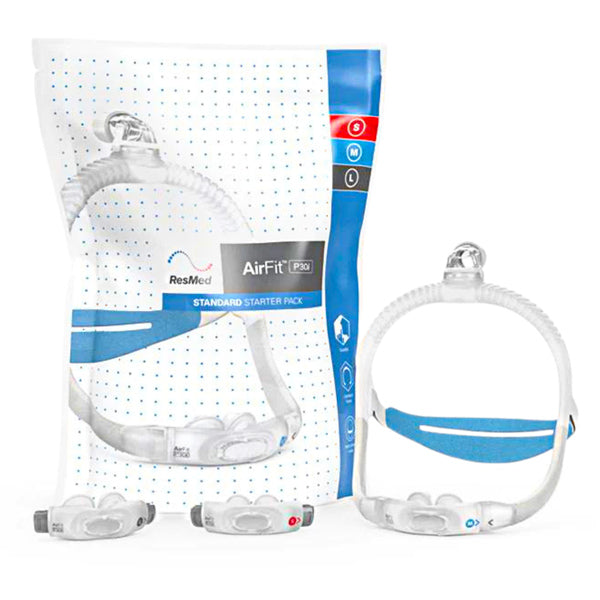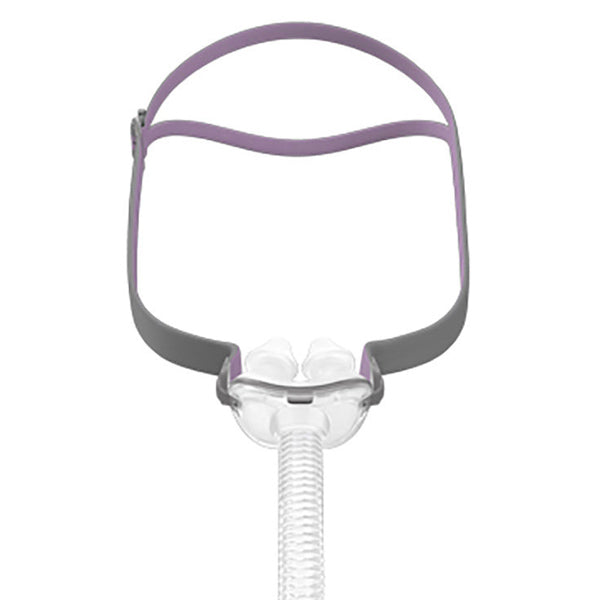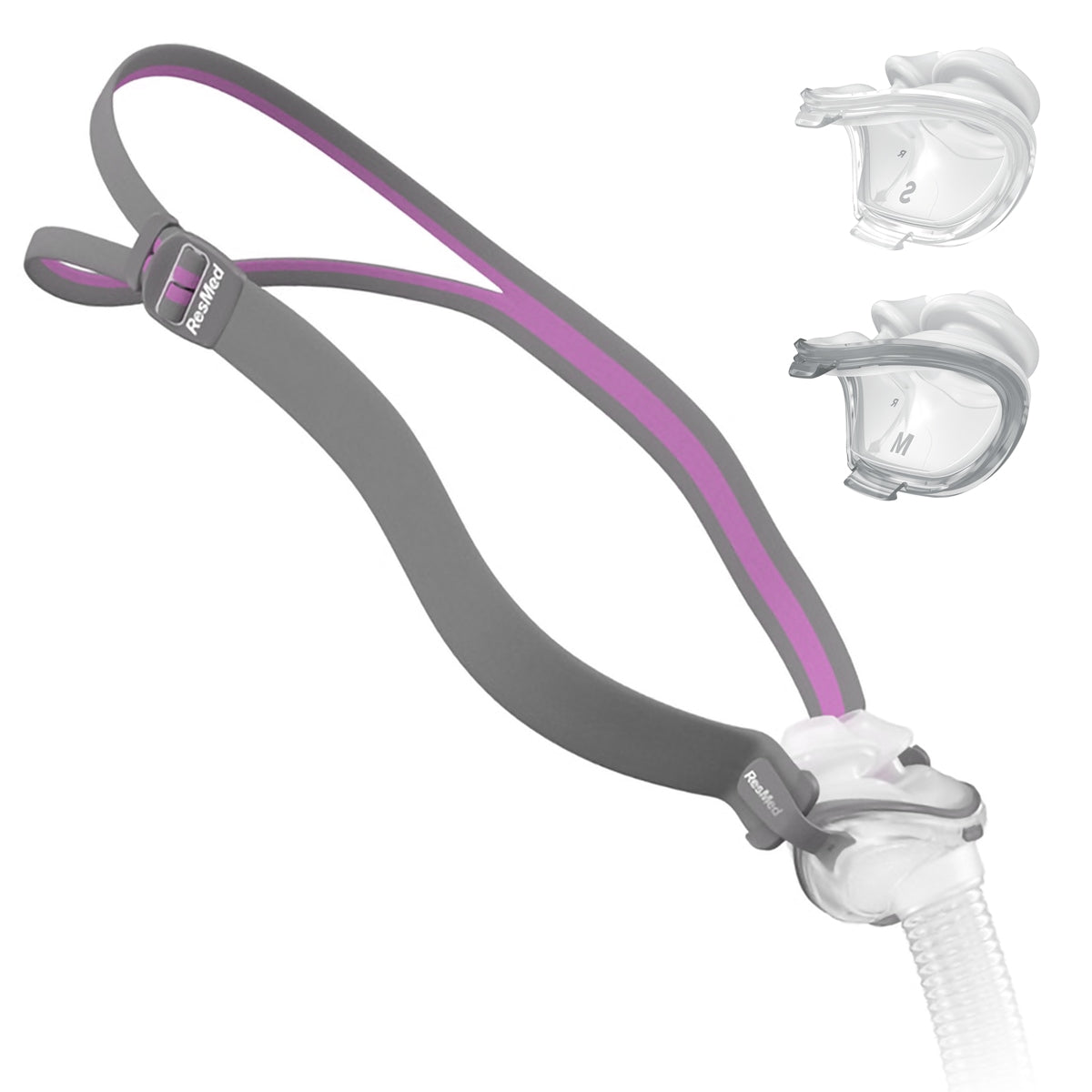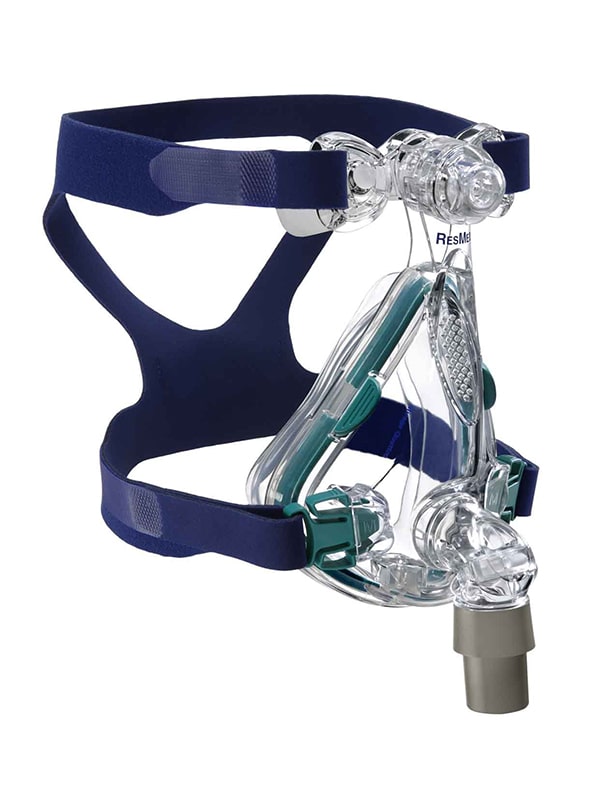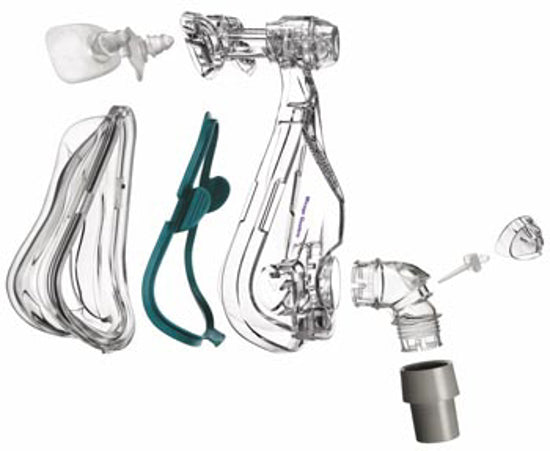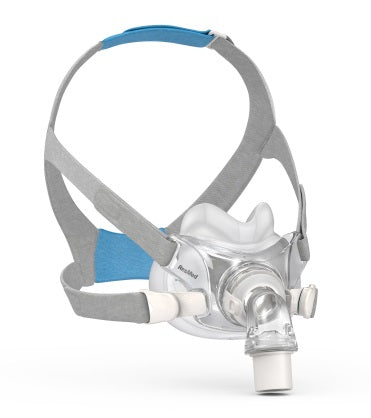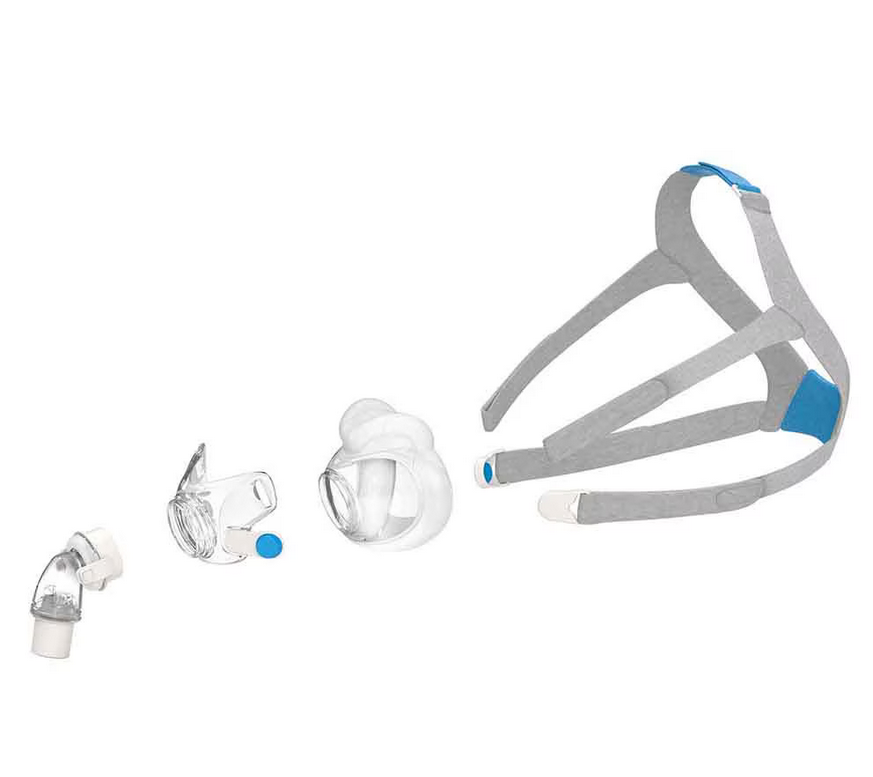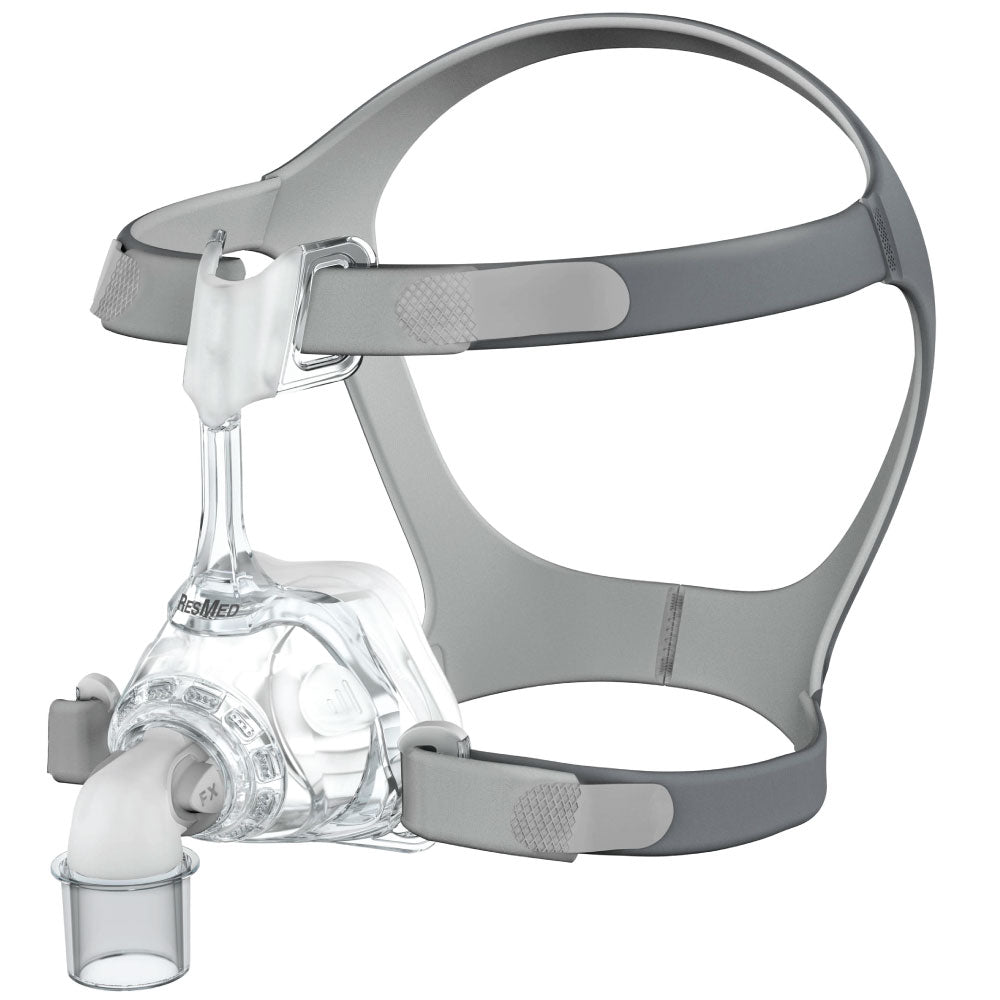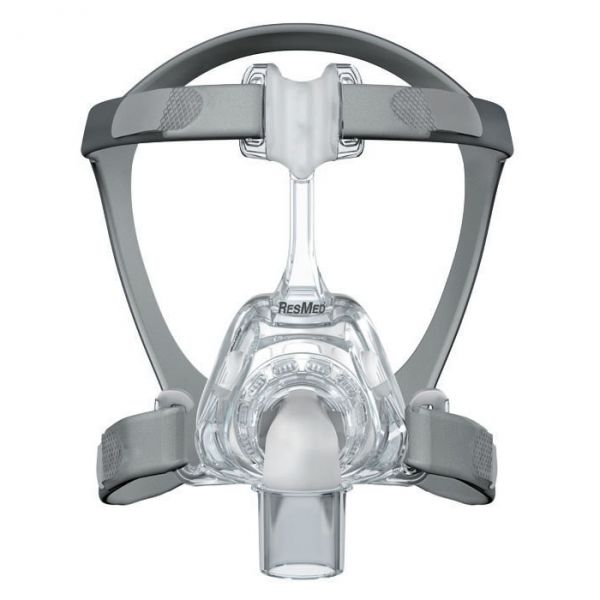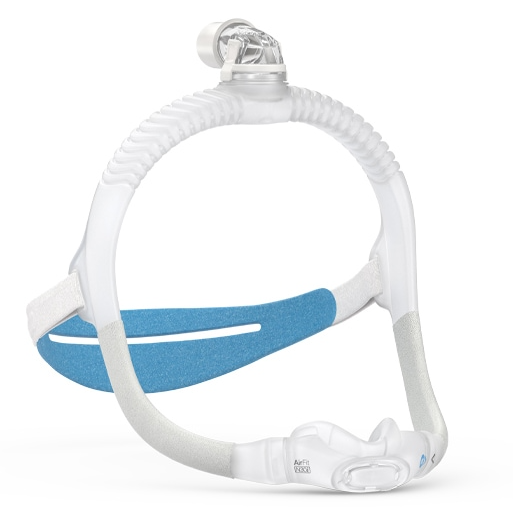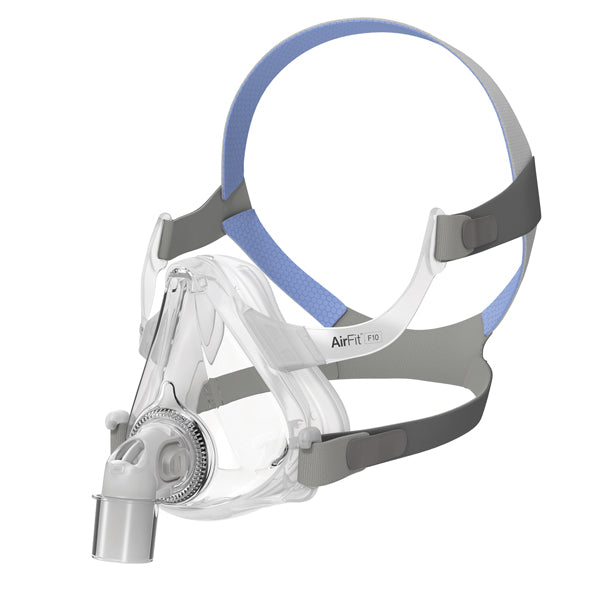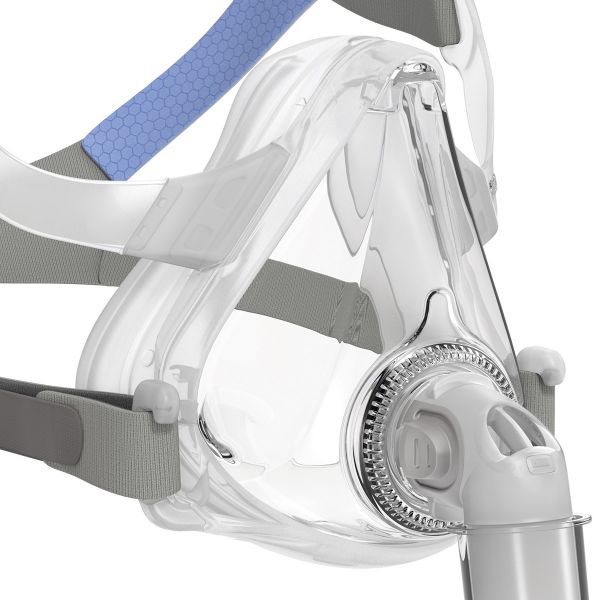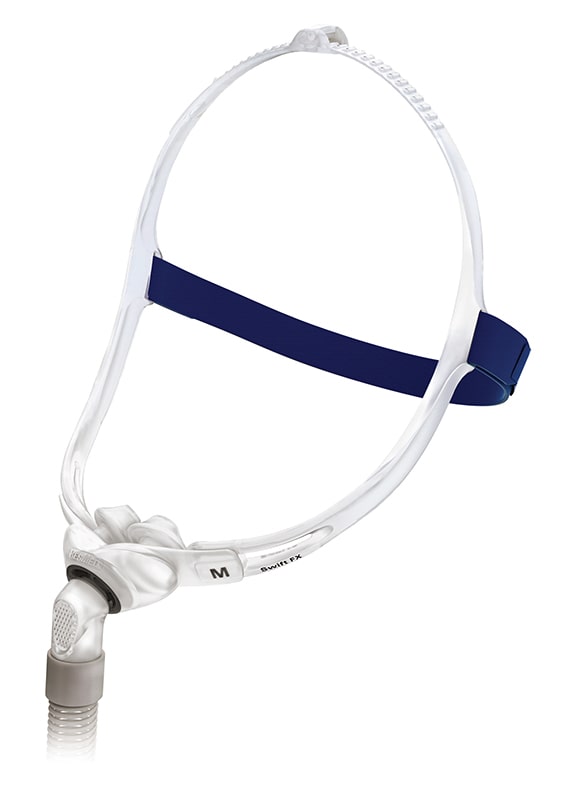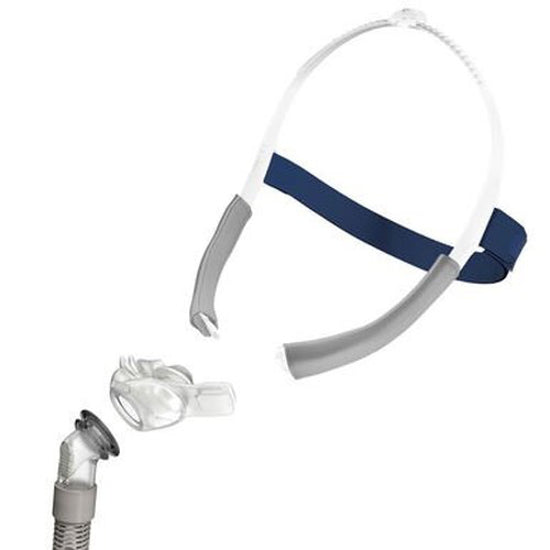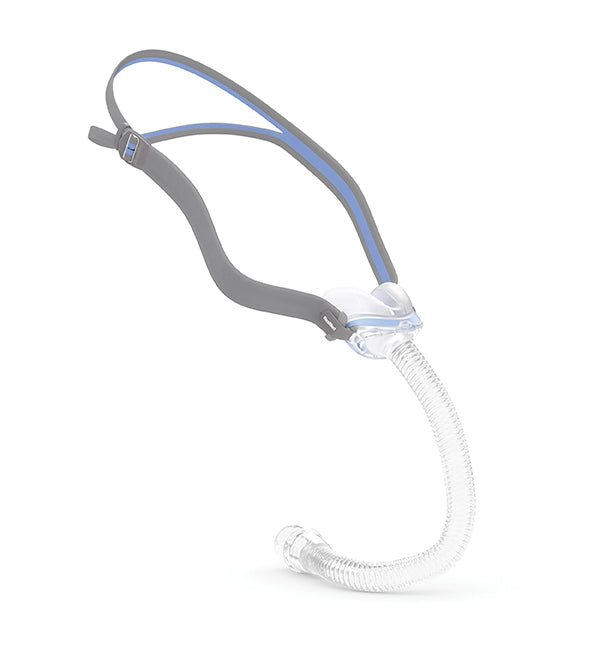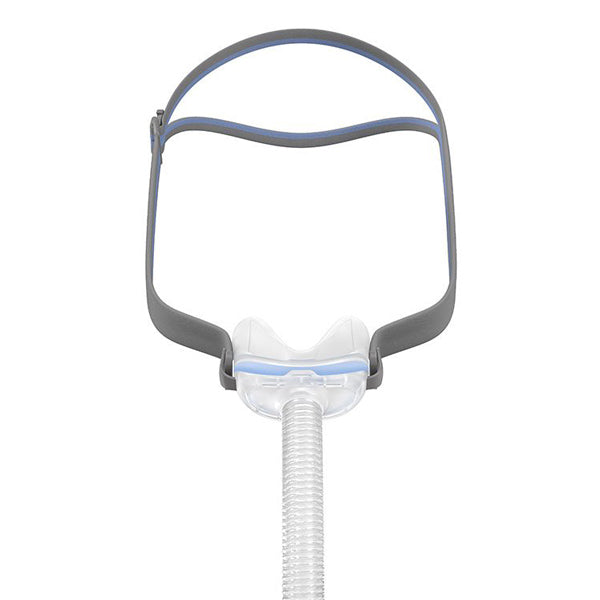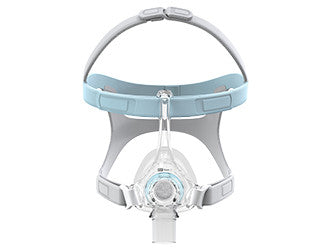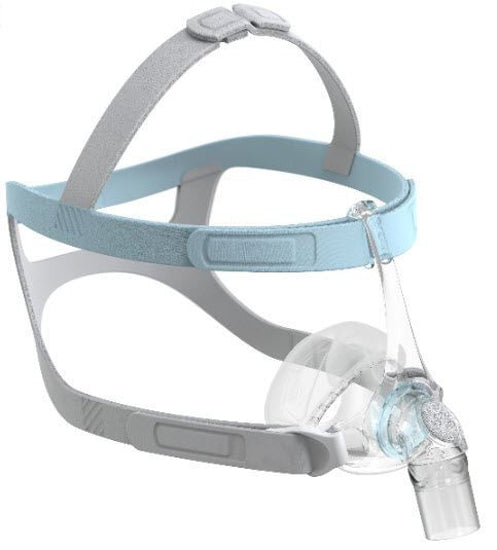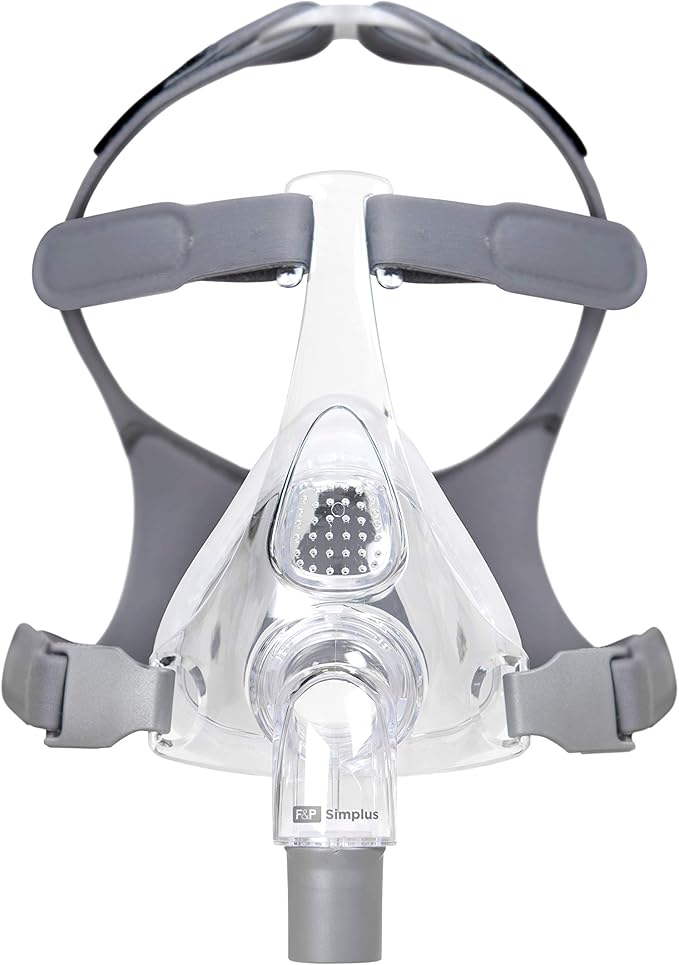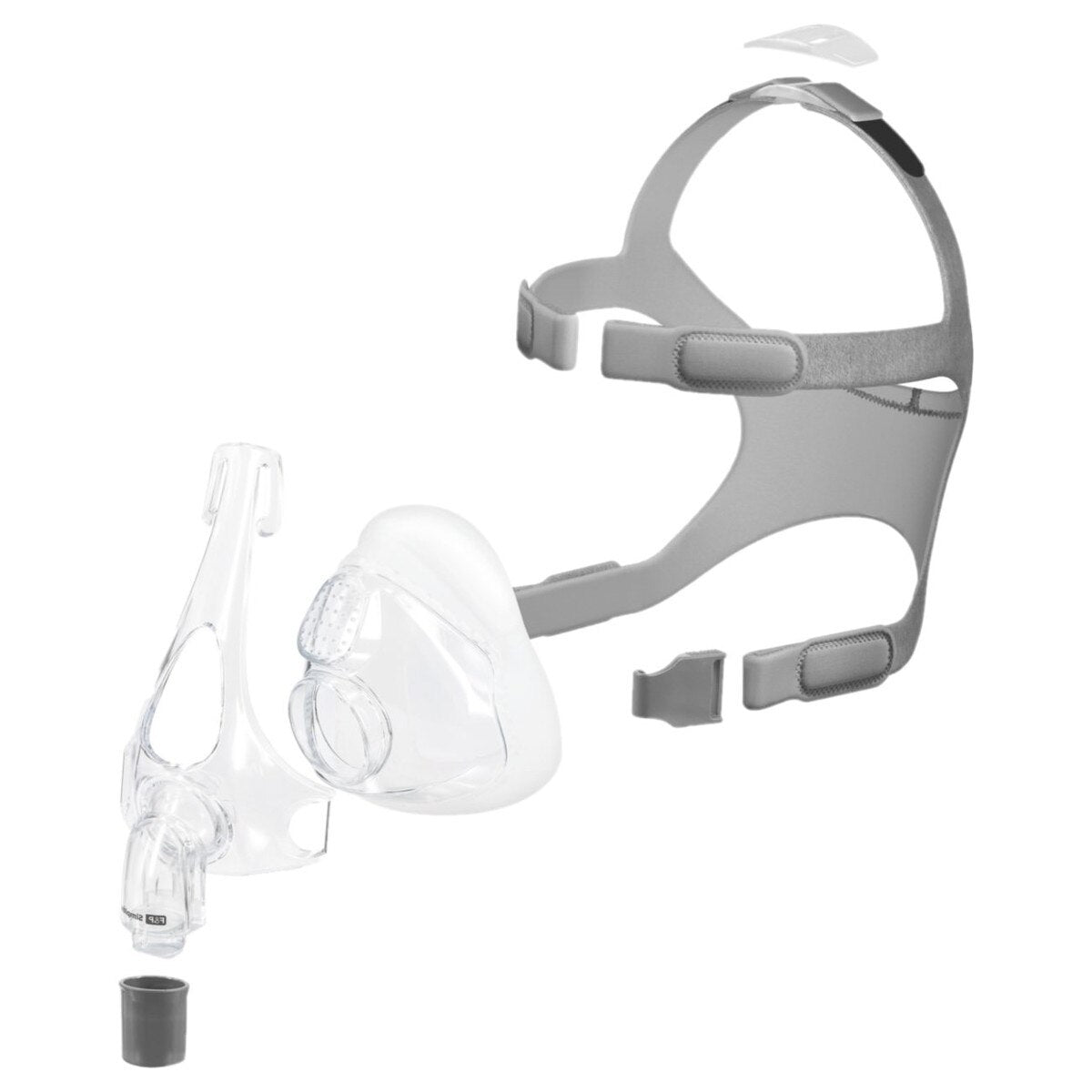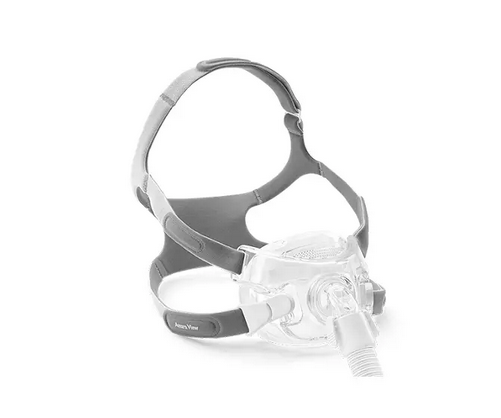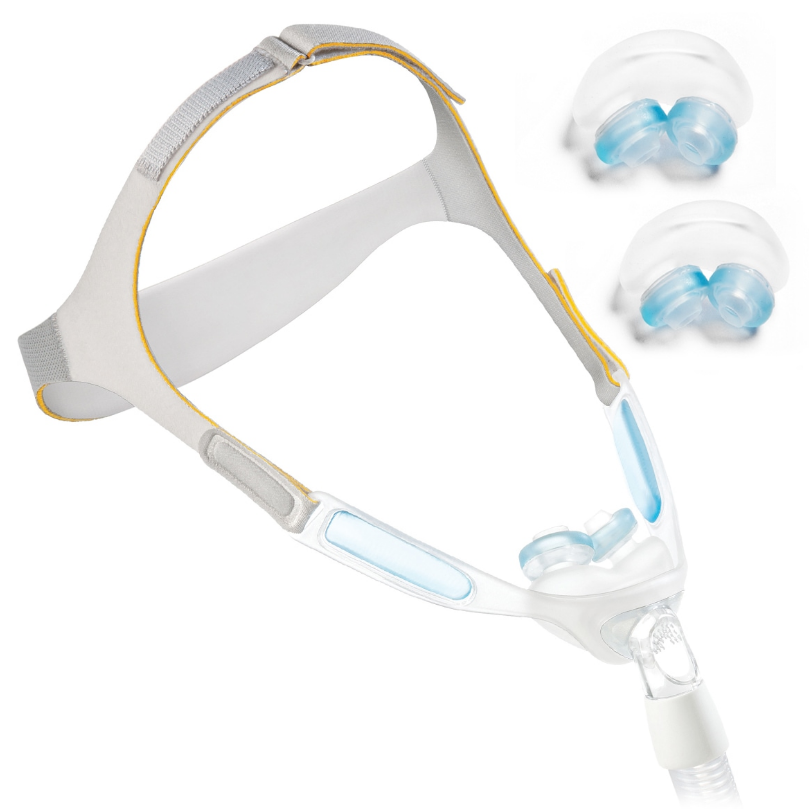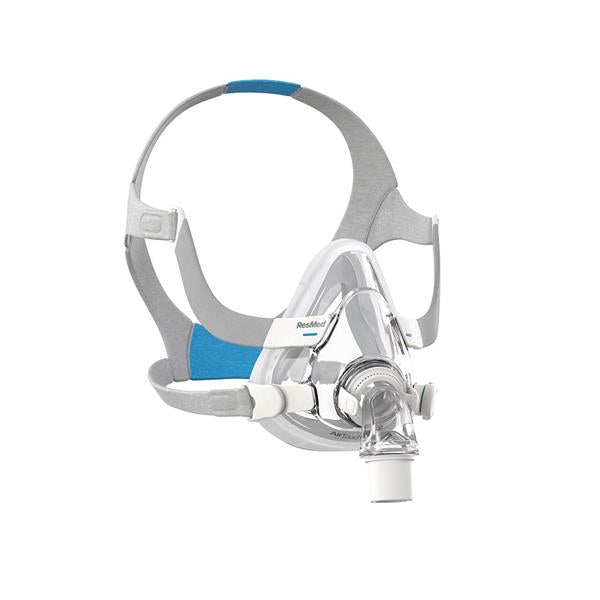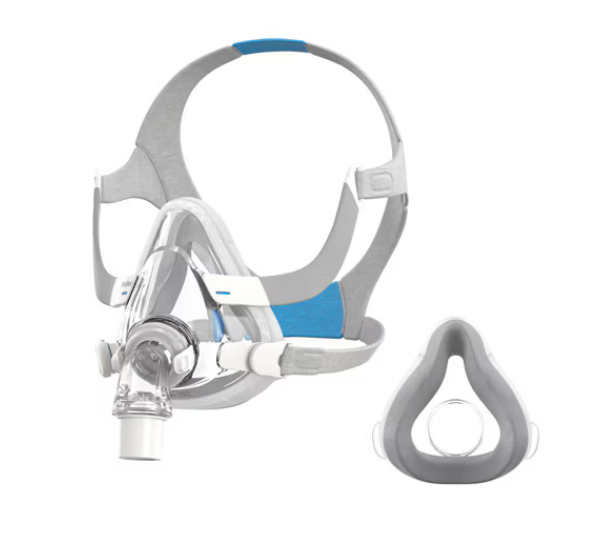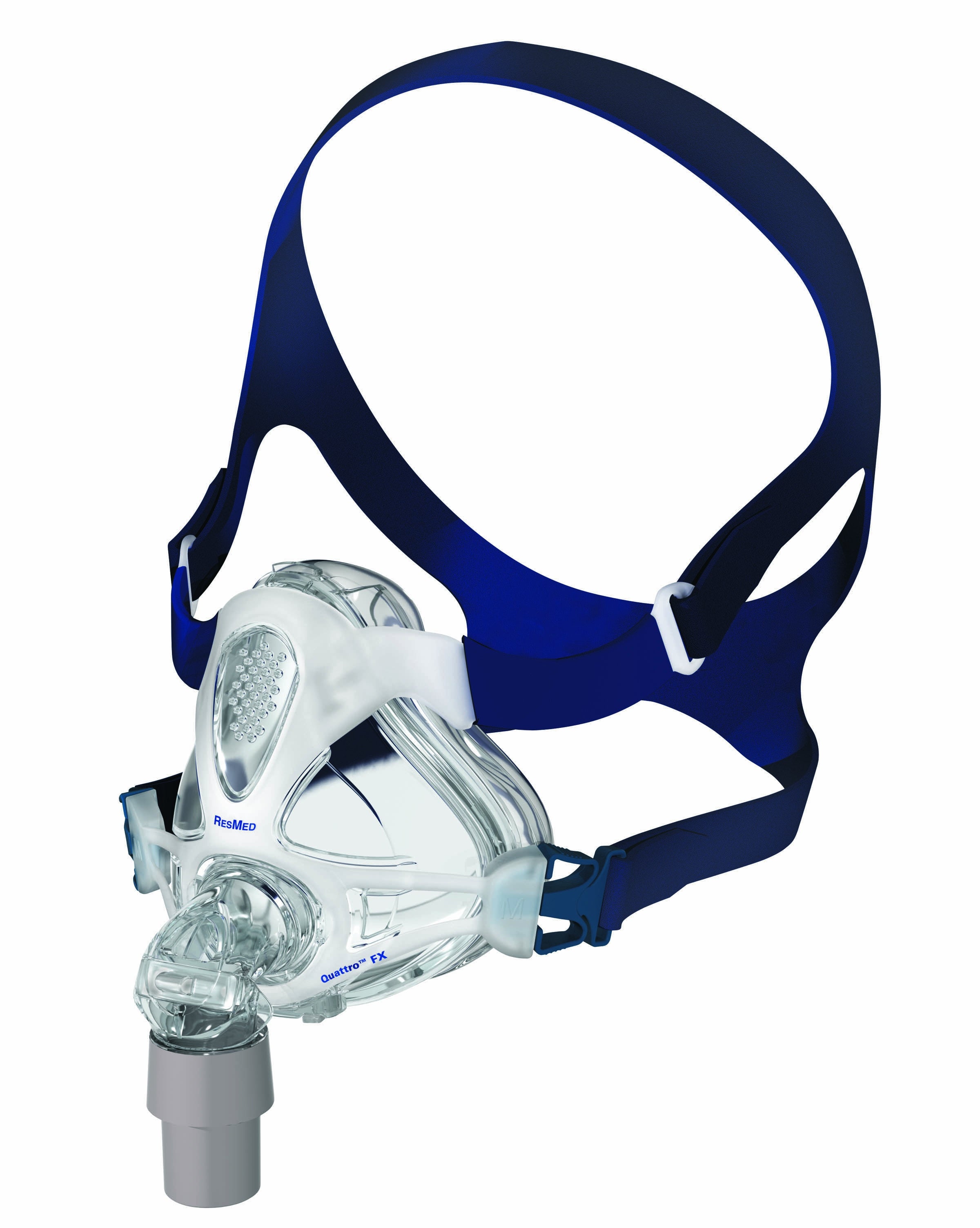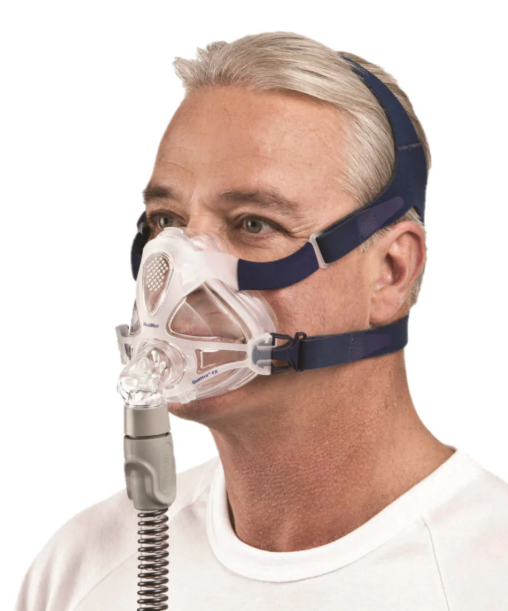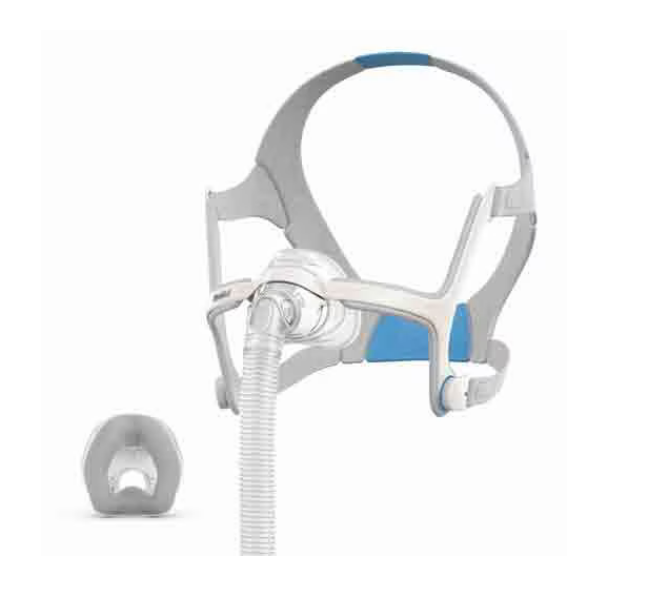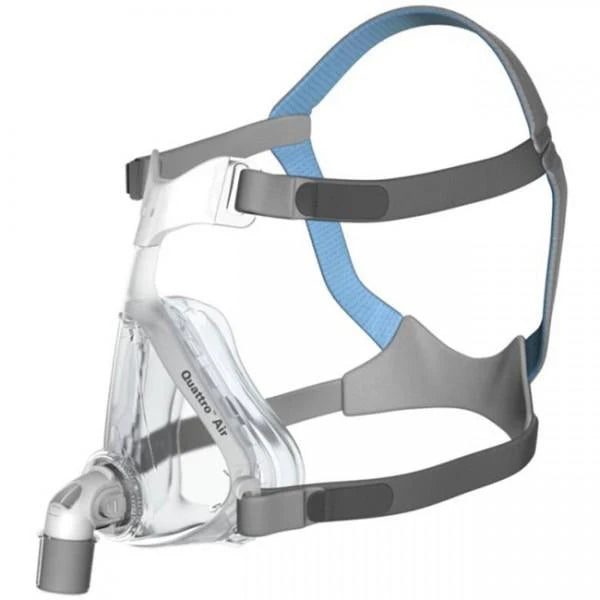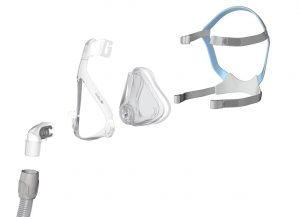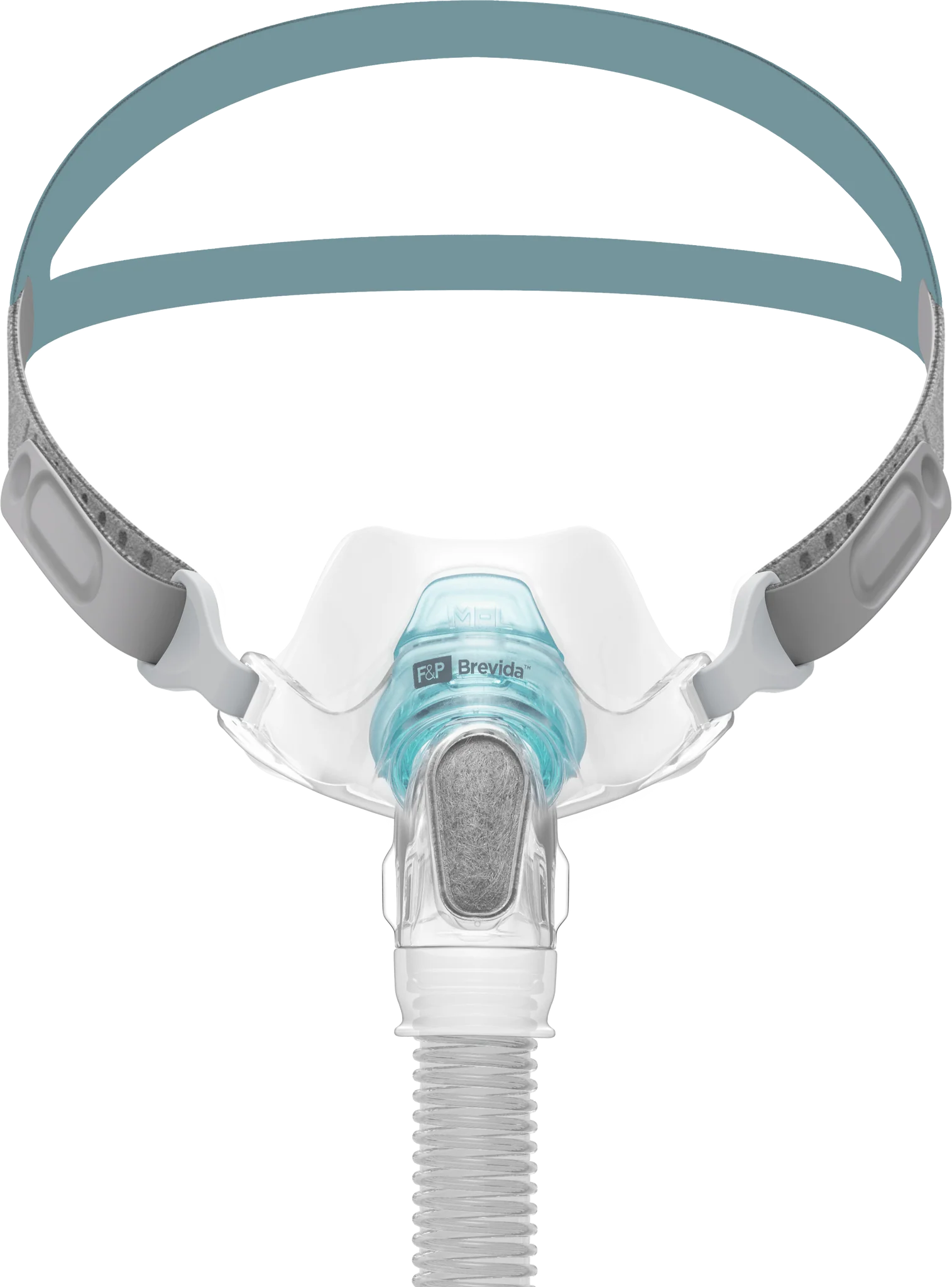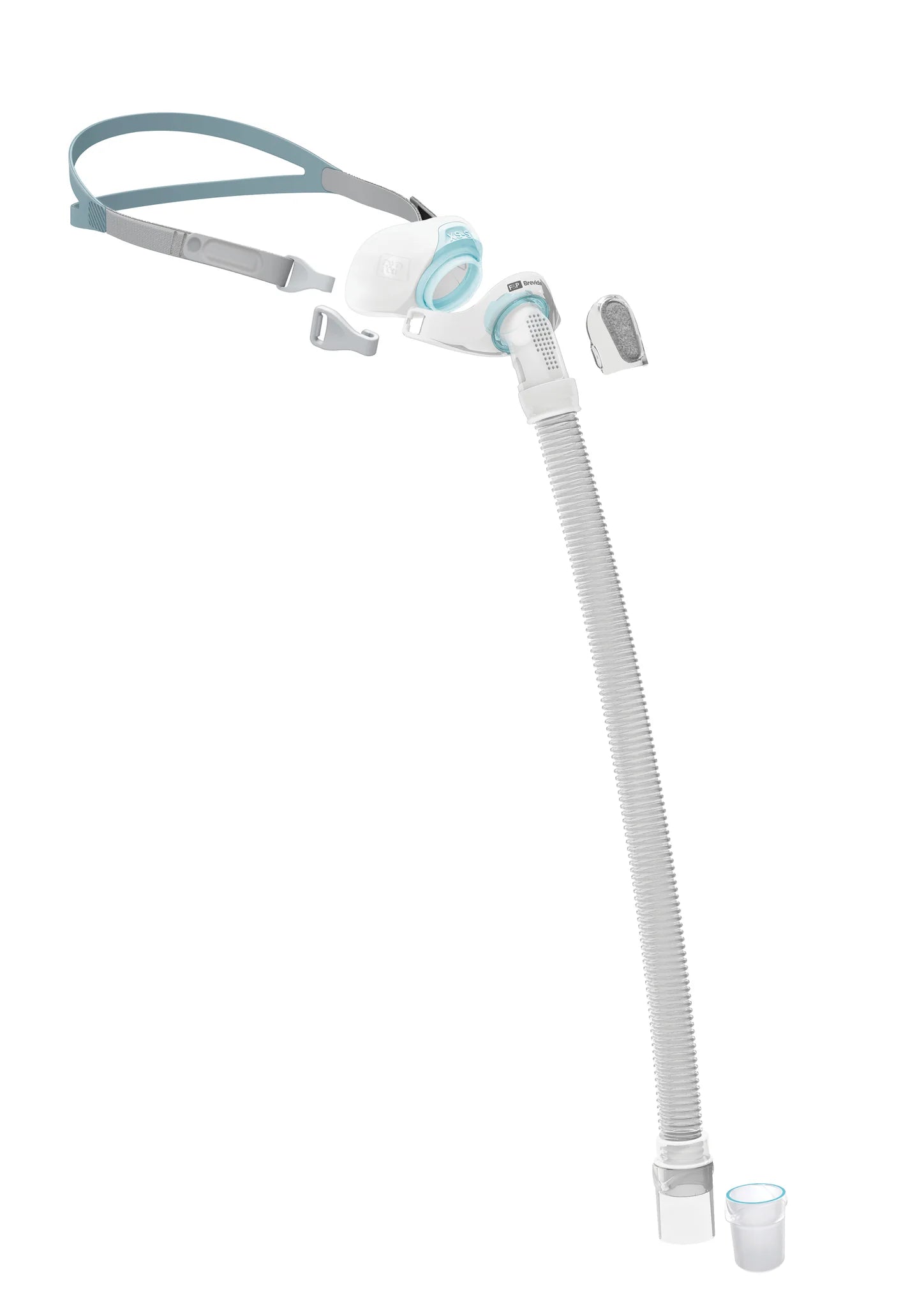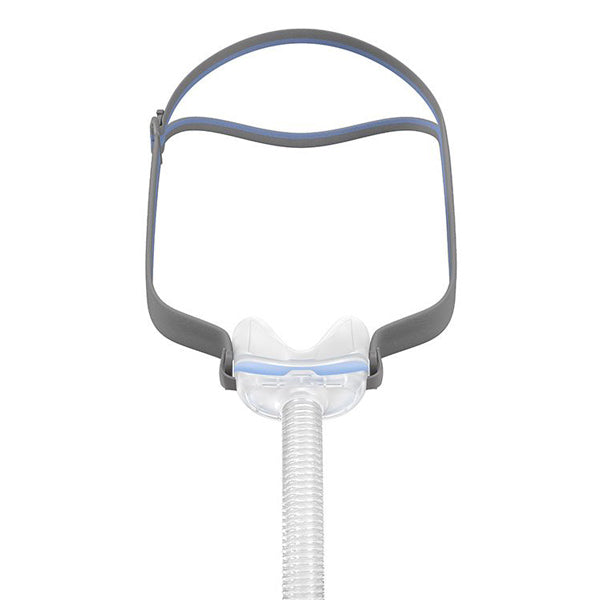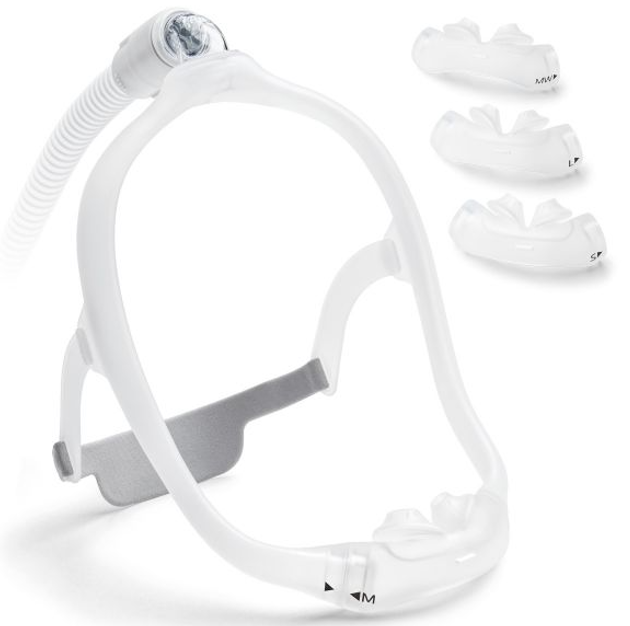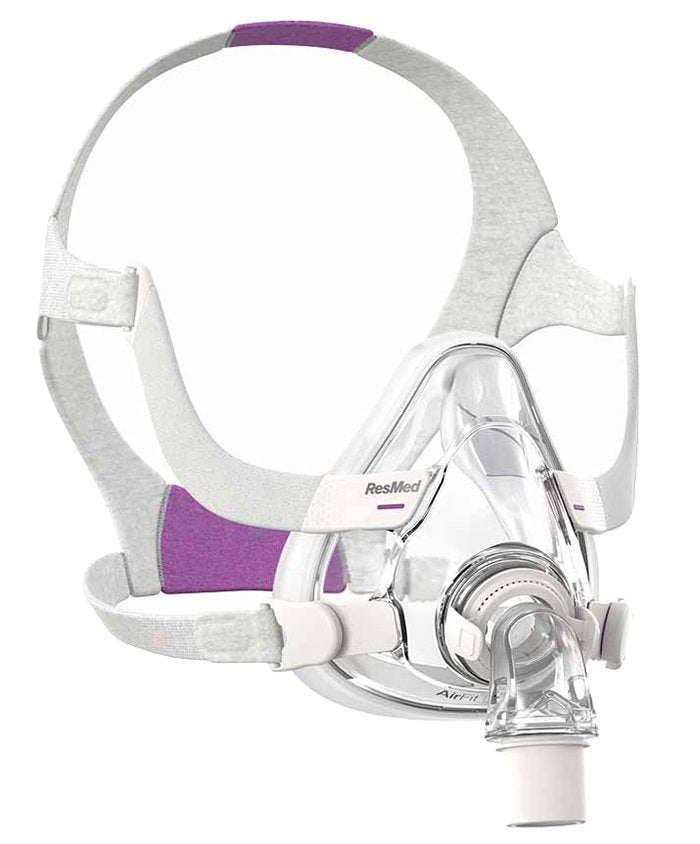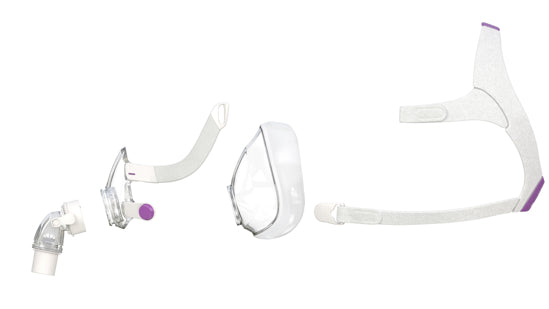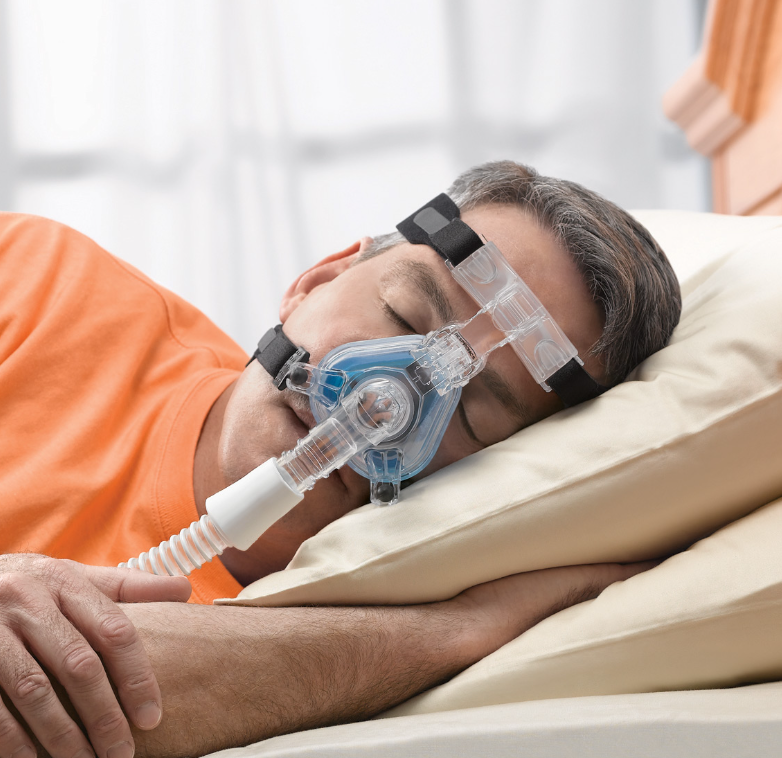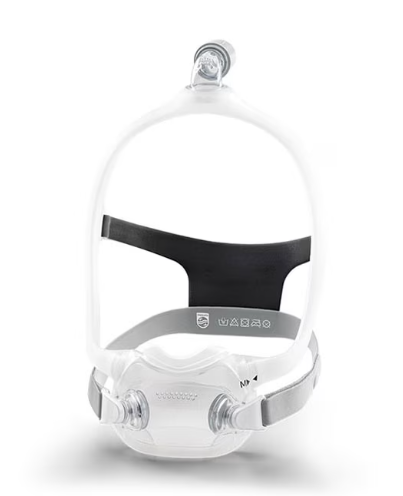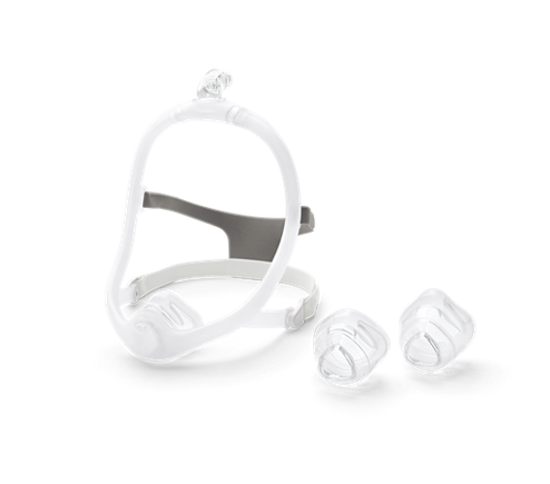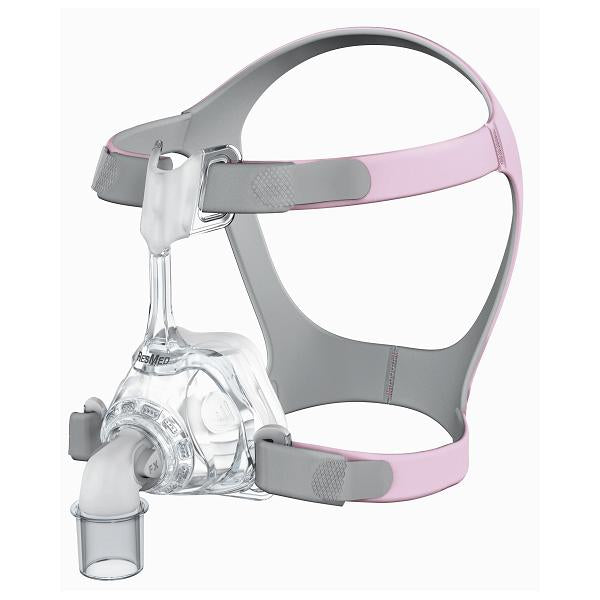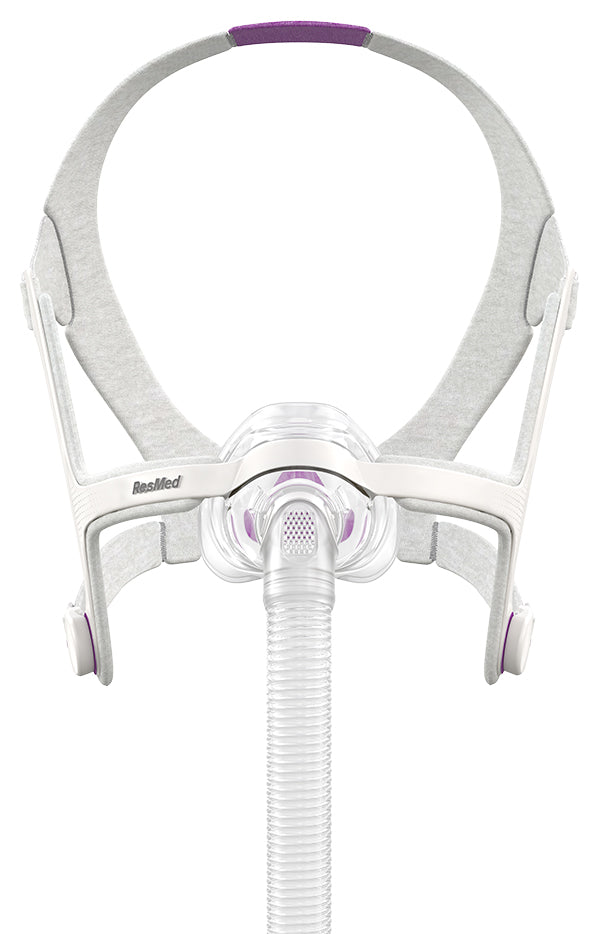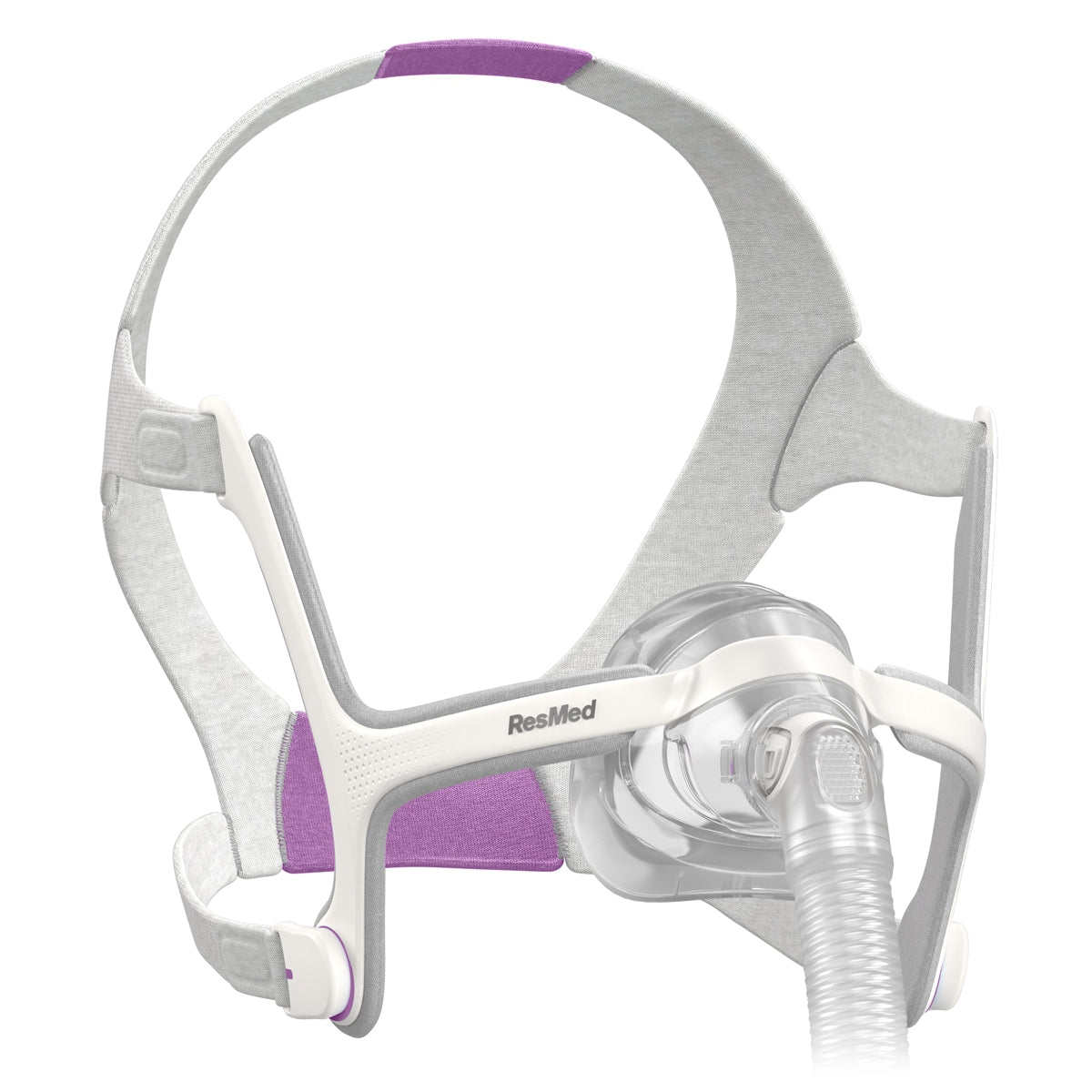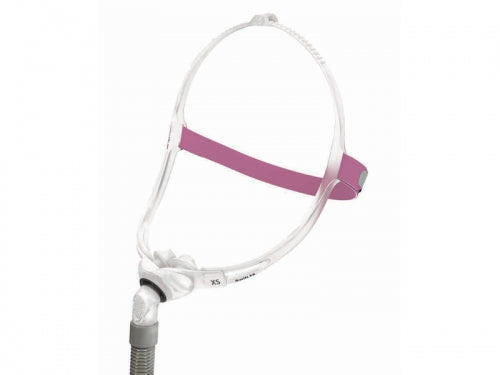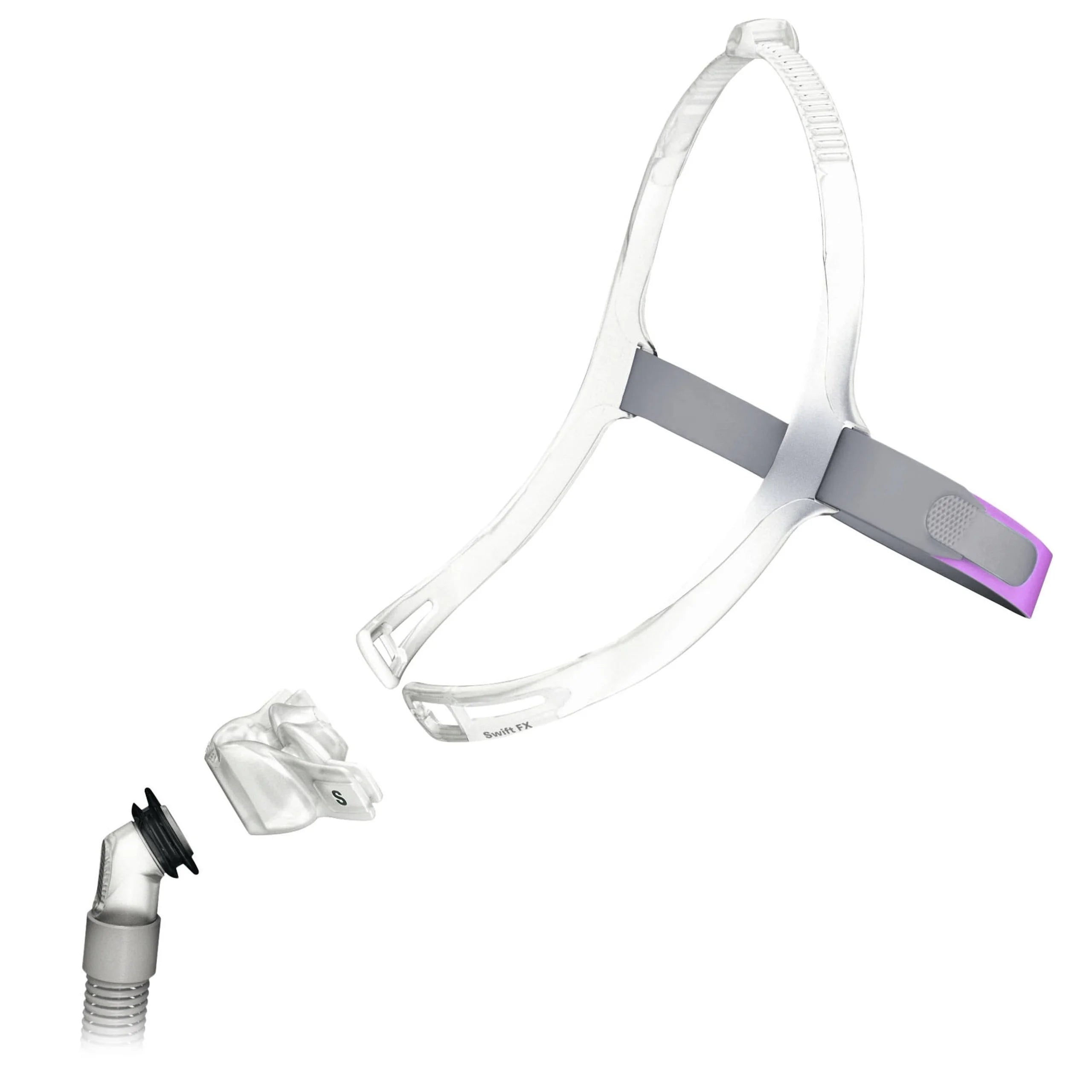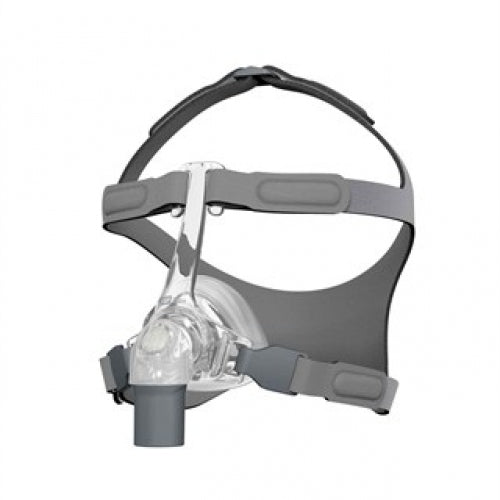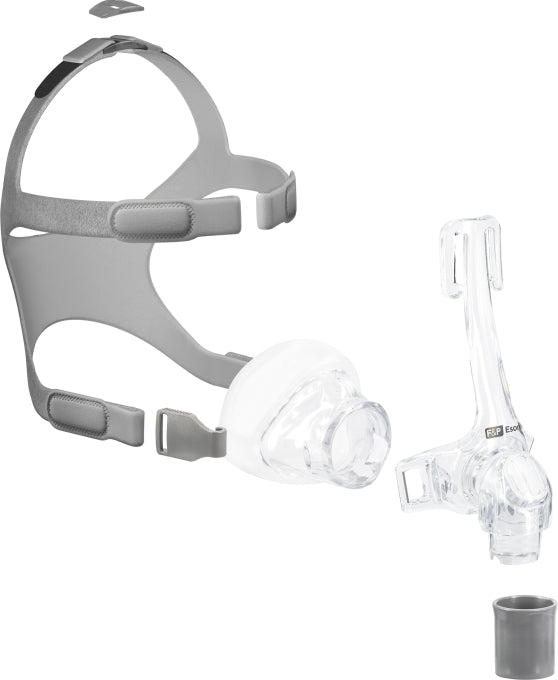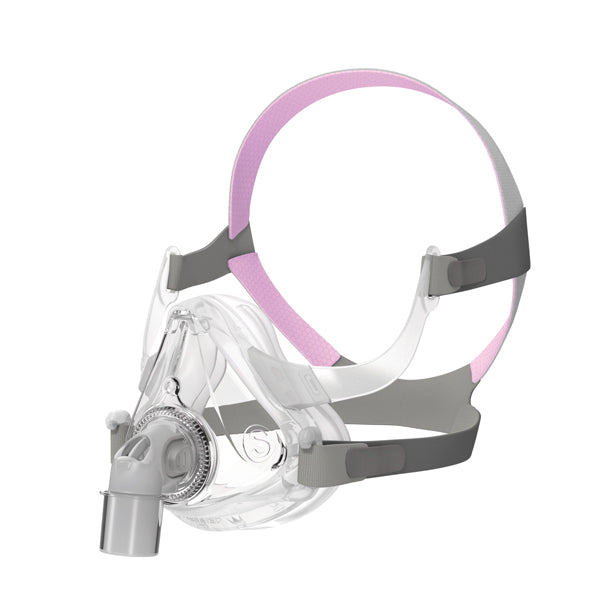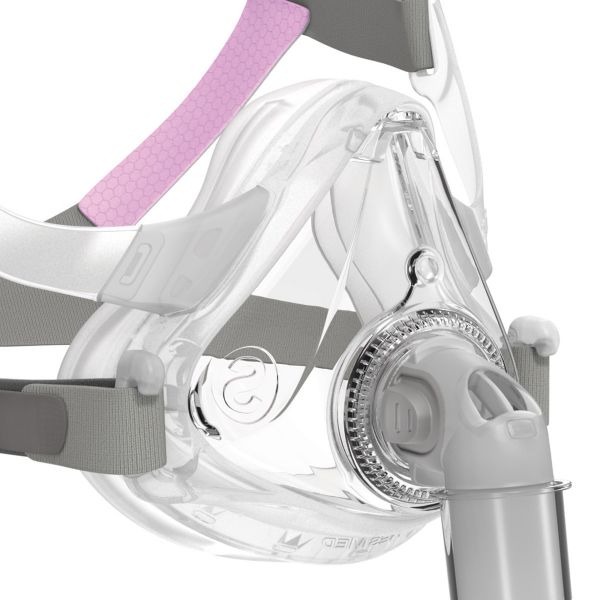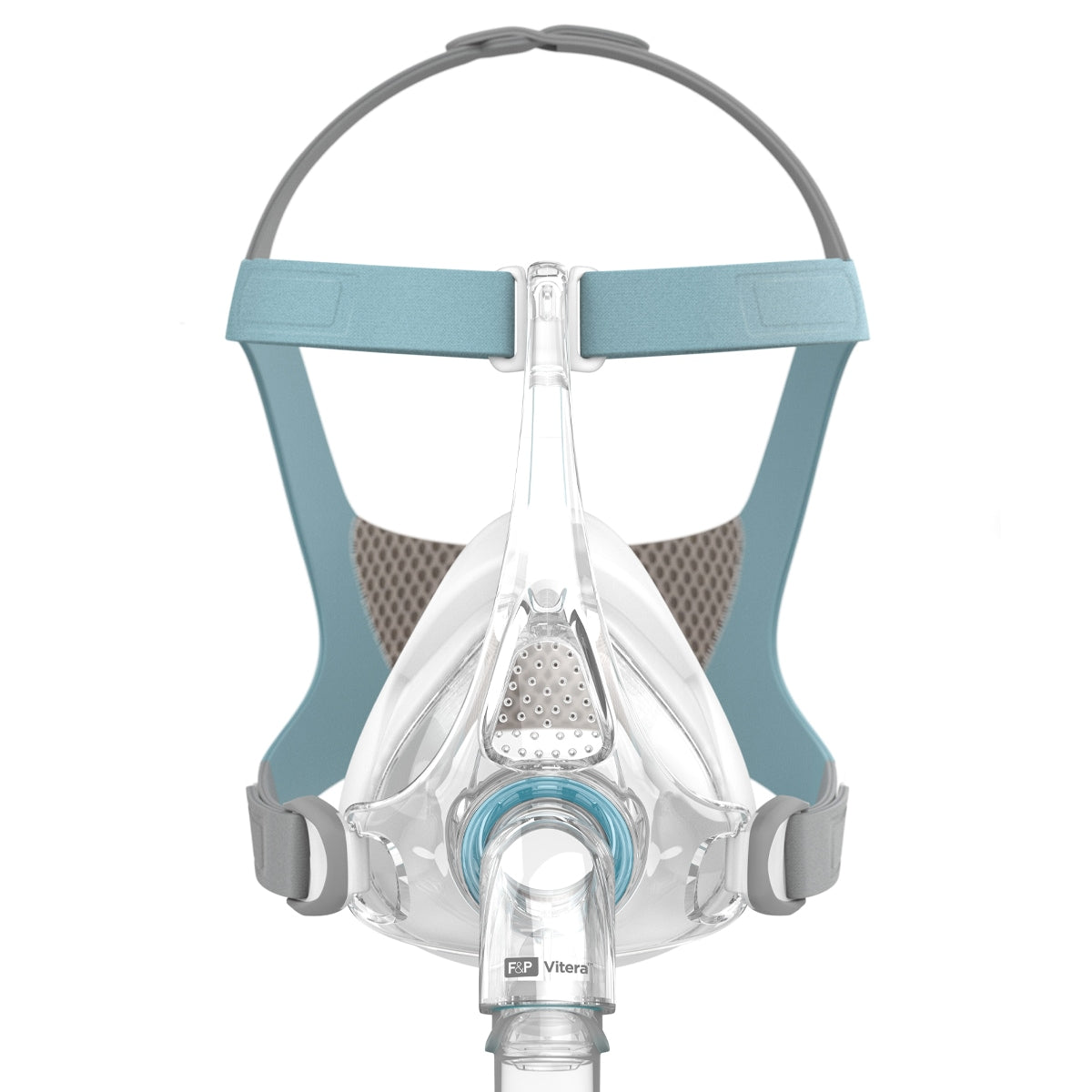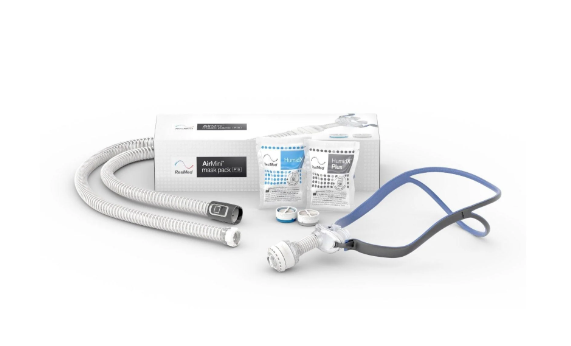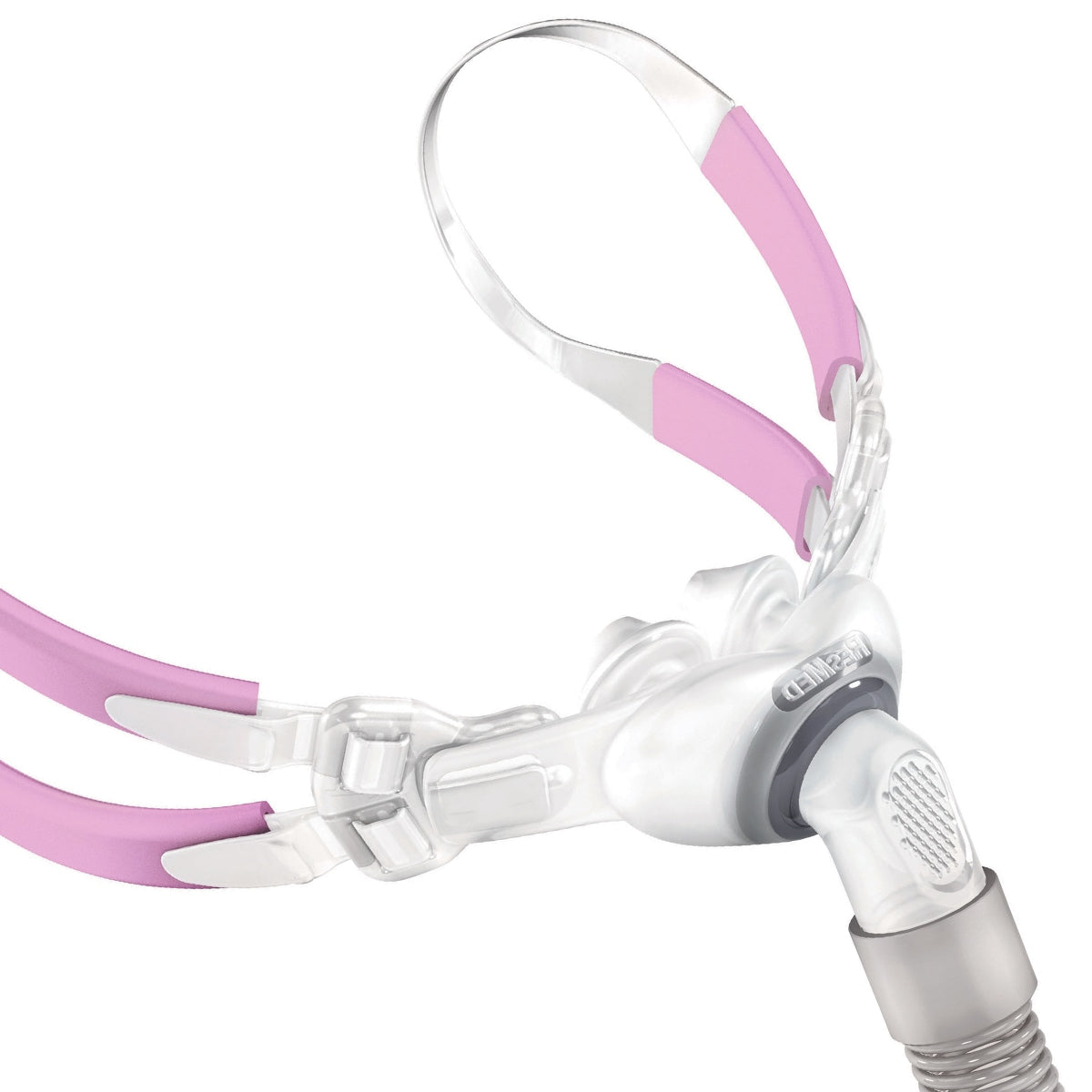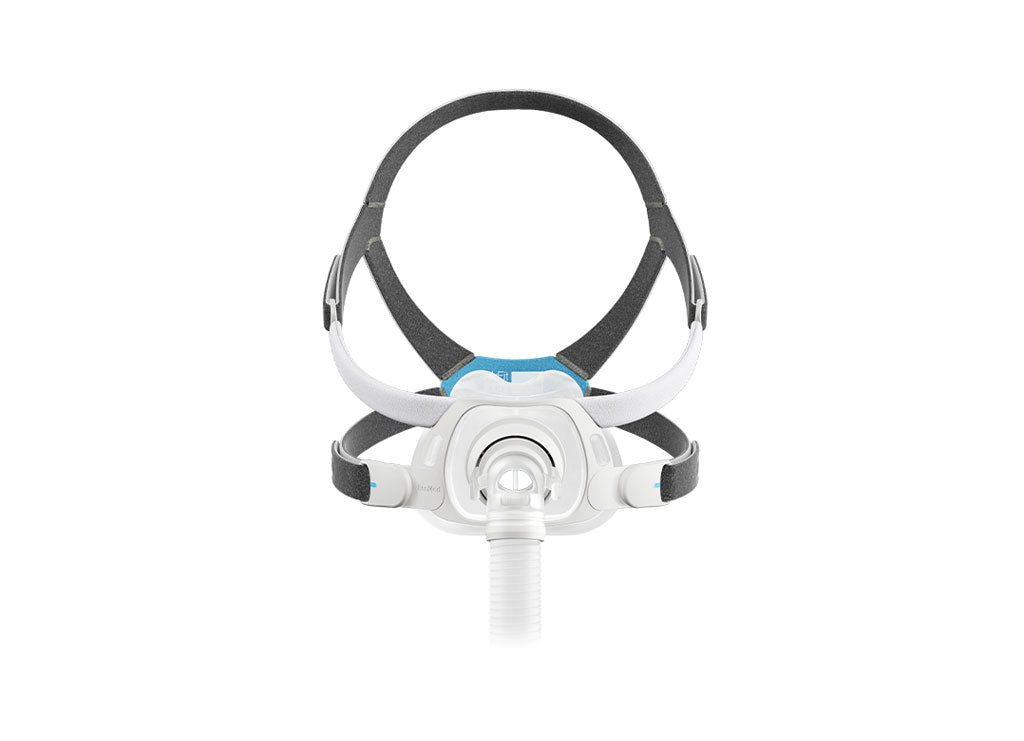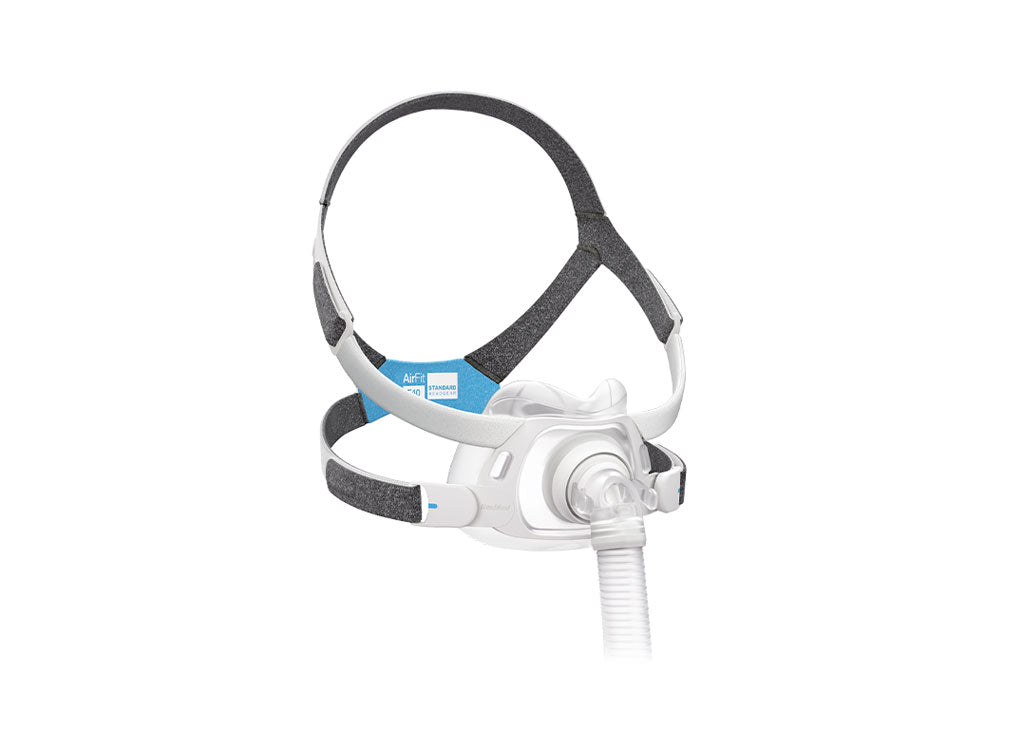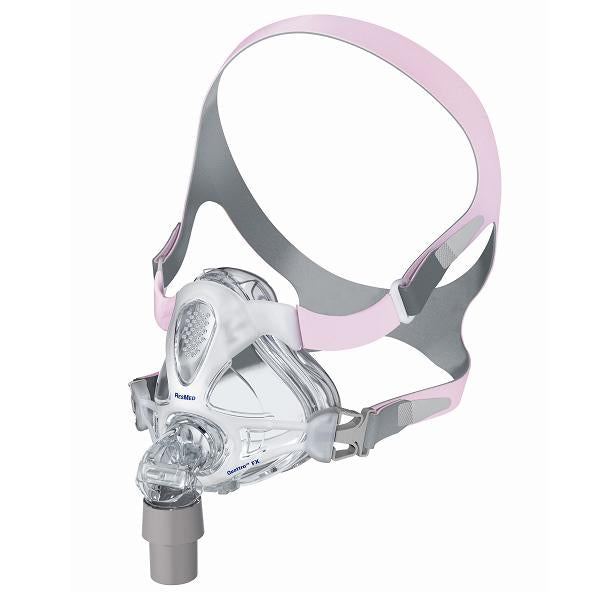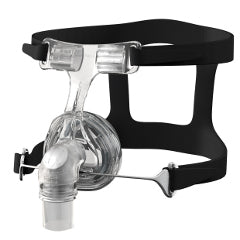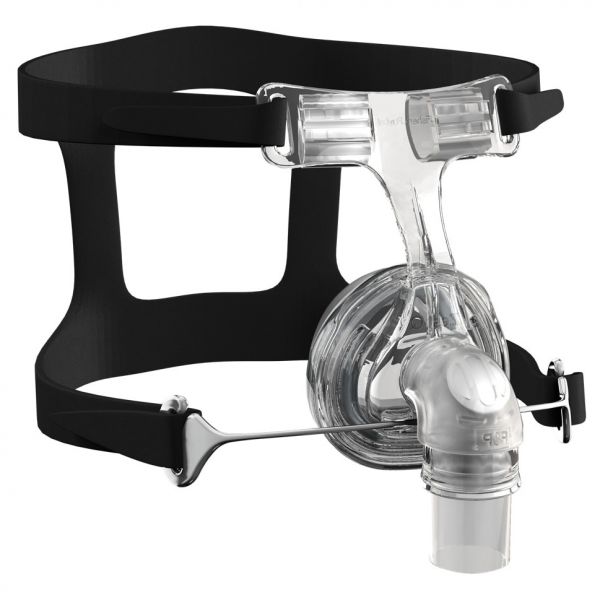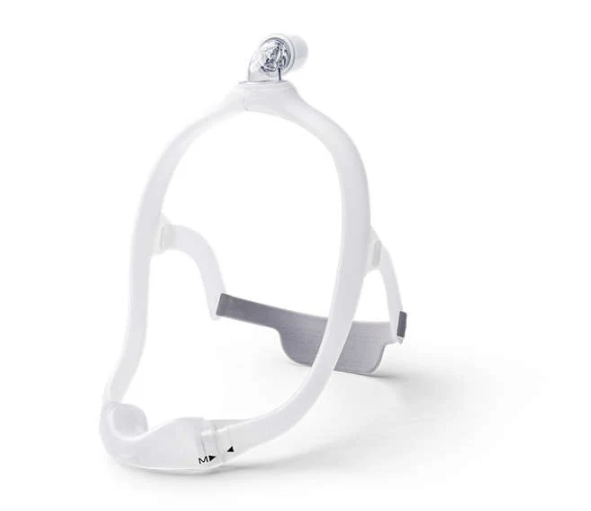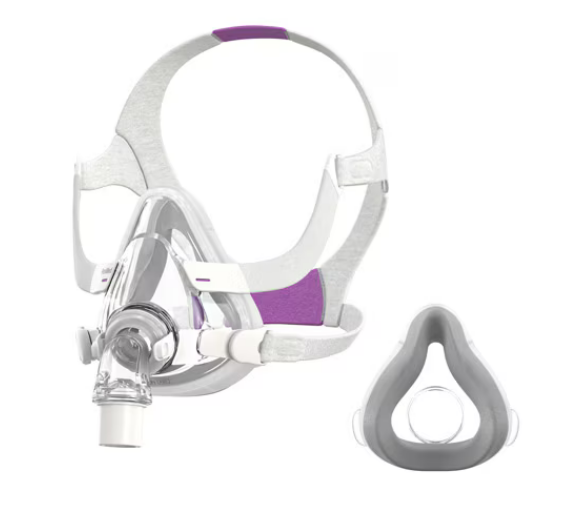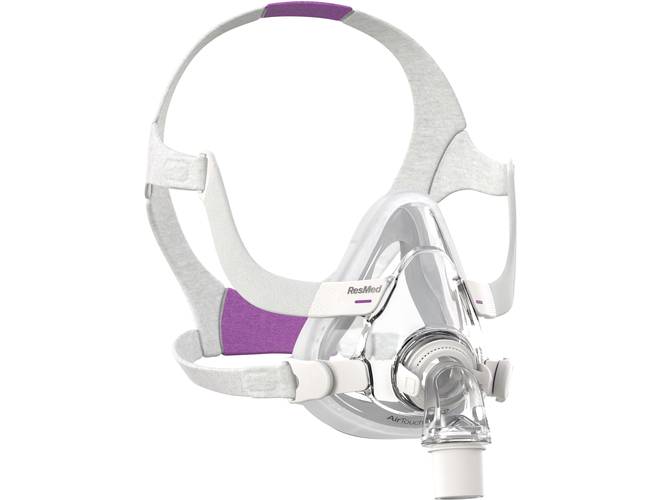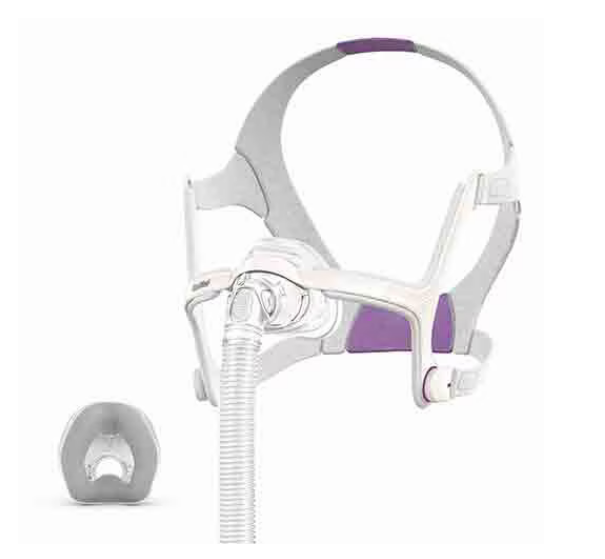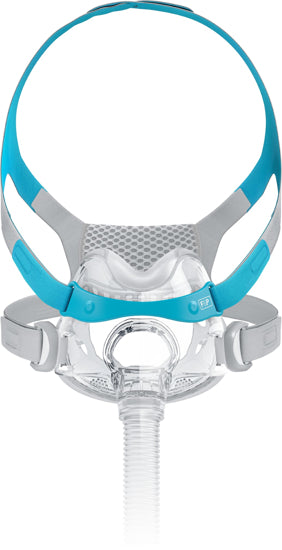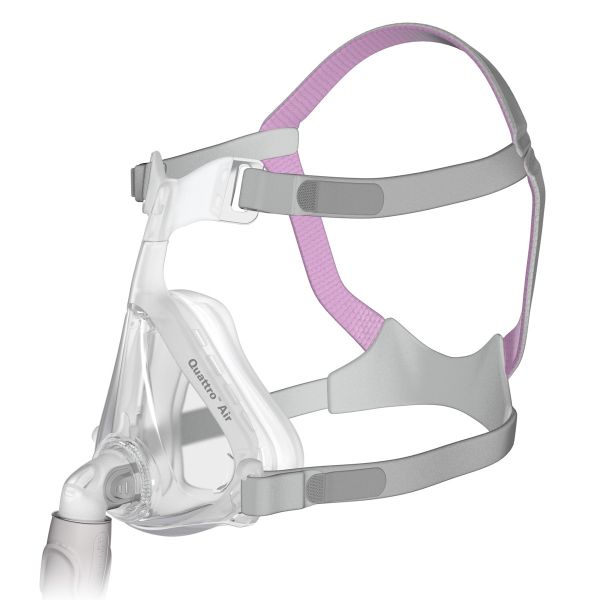Filters
Frequently Asked Questions
What are the different types of masks?
There are 3 common types of masks: Full Face, Nasal and Nasal Pillow. Less common types include Oral and Total Face masks.
Full Face Masks
Full face masks cover both the nose and mouth, making them ideal for people who naturally breathe through their mouths or have chronic sinus issues that make nasal breathing difficult. Additionally, these masks can feel more comfortable for some users, especially for those prescribed higher pressure, because they distribute the pressure more evenly, offering a smoother experience.
There are two styles of full face masks. The original style has a triangular shape, covering the bridge of the nose and sitting just below the bottom lip. An example of this style is the ResMed AirFit F20. The newer style, on the other hand, does not cover the nose or sit on the bridge but instead cradles the nostrils and seals just below the bottom lip. An example of this style is the ResMed AirFit F40.
Nasal Masks
There are two styles of nasal masks for CPAP therapy. The original style, such as the ResMed AirFit N20, covers the entire nose, sealing underneath the nostrils and resting on the bridge, with four-point headgear to keep it secure. The newer, more minimal nasal cradle style, like the ResMed AirFit N30, does not cover the bridge of the nose. Instead, it cradles the nostrils and features lighter, less intrusive headgear.
Nasal masks are ideal for those who primarily breathe through their nose while sleeping. They are also a good option for anyone seeking a lighter, less obtrusive alternative to a full face mask.
Nasal Pillow Masks
Nasal pillow masks are among the smallest and lightest CPAP masks available, making them an excellent choice for those who find larger masks bulky or feel claustrophobic. These masks feature soft silicone pillows that sit below the nose and are inserted just inside the nostrils to create an airtight seal, delivering pressurized air directly into the nose. Because the seal is formed at the base of the nostrils, nasal pillow masks are less likely to leak air, and their minimal design offers maximum comfort and freedom. An example of this type of mask is the ResMed AirFit P10.
Oral Masks
Designed for mouth breathers and those with chronic nasal congestion, oral CPAP masks deliver pressure solely through the mouth. They are suited to individuals who cannot breathe through their nose at all. An example of this type of mask is the Fisher & Paykel Oracle Mask.
Total Face Masks
These masks provide a full face coverage, from forehead to chin, with a perimeter seal that minimizes pressure points and red marks. They are ideal for users with facial hair, irregularities, or dentures. An example of this type of mask is the Respironics FitLife Total Face Mask.
How do I select a mask?
Choosing a new mask can be challenging because it’s highly subjective, and fit and comfort can vary greatly from person to person. However, there are some guidelines that can help you make the right choice. For example, if you're a mouth breather or suffer from nasal congestion, a full face mask may be the best option for you. On the other hand, if you have facial hair, a full face mask may be difficult to fit properly without leakage, as the silicone seal struggles to make contact with facial hair. In that case, a nasal mask or nasal pillow mask, combined with a chin strap, might be a better fit.
Another factor to consider is your sleeping position. If you tend to toss and turn, a nasal pillow mask may be more suitable because it provides the best seal for active sleepers, especially side and stomach sleepers.
Additionally, most masks on the market connect to the CPAP hose from the front, which may bother some users or get in the way. There are masks that connect the tubing from the top of the head, allowing the hose to swivel and stay out of the way as you move during the night. An example of this type of mask is the ResMed AirFit P30i. We suggest visiting your local CPAP store to try on demo masks, allowing you to assess size and comfort.
What size should I get?
Many CPAP masks include a sizing guide to help you choose the right fit. Check the product page for a printable sizing guide if available. Some masks come as fit packs with multiple cushion sizes included. Since CPAP mask sizing varies by model and brand, we recommend visiting a local CPAP store to try on demo masks for the best fit and comfort.
Are there mask accessories that can help with seal and comfort?
While not all CPAP mask accessories are essential, many can enhance comfort and improve the effectiveness of your therapy. Additionally, some accessories allow users to benefit from mask types that may not otherwise work for them.
Mask Liners
CPAP mask liners are fabric pieces placed between your face and the mask cushion. Made from soft, breathable materials, they create a soothing barrier that helps prevent leaks, reduces irritation, and minimizes moisture buildup inside the mask. An example is the RemZzzs Mask Liner. It’s important to note that mask liners are style- and size-specific, and not compatible with all masks. Be sure to check the mask liner section on our website to see if one is available for your mask.
CPAP Pillows
CPAP pillows are designed with cutouts or unique shapes to accommodate a CPAP
mask while you sleep. Made from foam, these pillows come in various styles to support different mask types and sleeping positions. They provide support between your neck, mask, and CPAP machine, reducing leaks and improving the effectiveness of your therapy, helping to keep your airways open for better sleep.
Chin Straps
CPAP chin straps help mouth breathers use nasal or nasal pillow masks by keeping the mouth closed during sleep. Available in various designs, most chin straps are adjustable and feature a comfortable chin rest. Typically, chin straps are worn beneath the mask's headgear, though some masks and chin straps work better when the chin strap is worn over the headgear. The placement of the chin strap depends on the mask’s design, as some masks have tubing in areas that could be blocked by the chin strap’s anchor straps.
How often should I clean my Mask and how?
To clean your CPAP mask properly, start by disassembling it into three parts: the headgear, cushion, and frame. Clean the cushion daily and the headgear and frame weekly. In a sink or bowl, use mild liquid soap and warm water to gently wash each part, removing any oils. Rinse thoroughly with warm water, then place the cushion, headgear, and frame on a towel on a flat surface to air-dry, or hang the headgear and frame on a hook or hanger. Avoid exposing any parts to direct sunlight. As an alternative, you can use CPAP mask wipes for daily cleaning of the cushion.
How often should I replace my mask?
Below is the manufacturer's guideline. It’s important to regularly inspect your mask for signs of wear and tear and replace it as needed.
- Complete mask system: Every 6-12 months
- Silicone mask cushions (full face, nasal, and nasal pillows): Every 3-6 months
- Memory foam mask cushions: Every month
Which mask is compatible with my machine?
CPAP masks are universally compatible with all CPAP machines, regardless of the manufacturer, except for the ResMed AirMini, which requires specific mask options. This allows you to choose any mask and machine combination to suit your comfort and lifestyle.
Which masks are compatible with the AirMini?
The AirMini is compatible with the following masks:
- AirFit N30 for AirMini (SKU: 38878)
- AirFit P10 for AirMini (SKU: 38824)
- AirFit F30 (with special connector, SKU: 38010)
- AirFit F20/AirTouch F20 (with special connector, SKU: 38011)
- AirFit N20/AirTouch N20 (with special connector, SKU: 38823)
Can I swap the cushions between the ResMed AirFit P30i and the ResMed AirFit N30i masks, but still use the same frame?
Yes, the frames for the P30i and N30i masks are interchangeable, as the cushion
locks are the same size. This means you can switch between the P30i nasal pillow cushion and the N30i nasal cushion without needing a different frame. For example, if you have an AirFit P30i Nasal Pillow Mask, you can purchase an N30i cushion to convert it into a nasal mask. This design provides the flexibility to try both styles using a single frame.
Can I swap the cushions between the DreamWear Under-The-Nose Nasal Mask and the DreamWear Nasal Pillow Mask, but still use the same frame?
Yes, the frames for the DreamWear Under-The-Nose Nasal Mask and DreamWear Nasal Pillow Masks are interchangeable because the cushion locks are the same size. This allows you to switch between the DreamWear Nasal Pillow Cushion and the DreamWear Under-The-Nose Nasal Cushion without needing a different frame. For example, if you have the DreamWear Nasal Pillow Mask, you can purchase the DreamWear Under-The-Nose Cushion to convert it into a nasal mask. This design offers flexibility to try both styles using the same frame.






